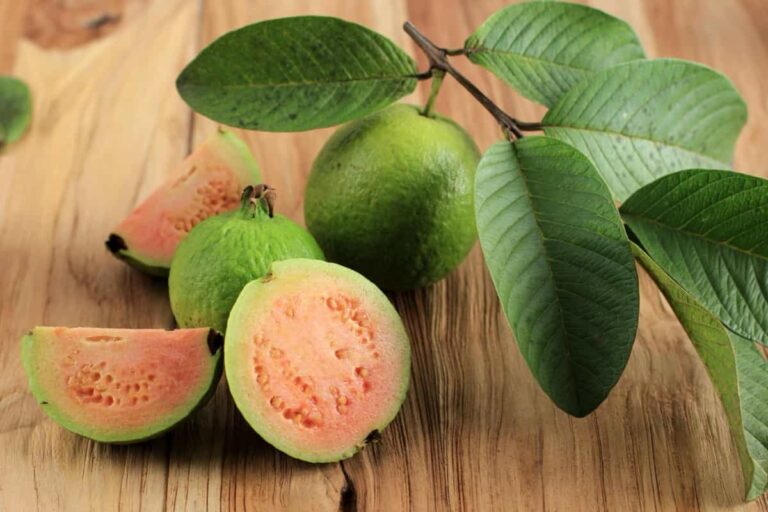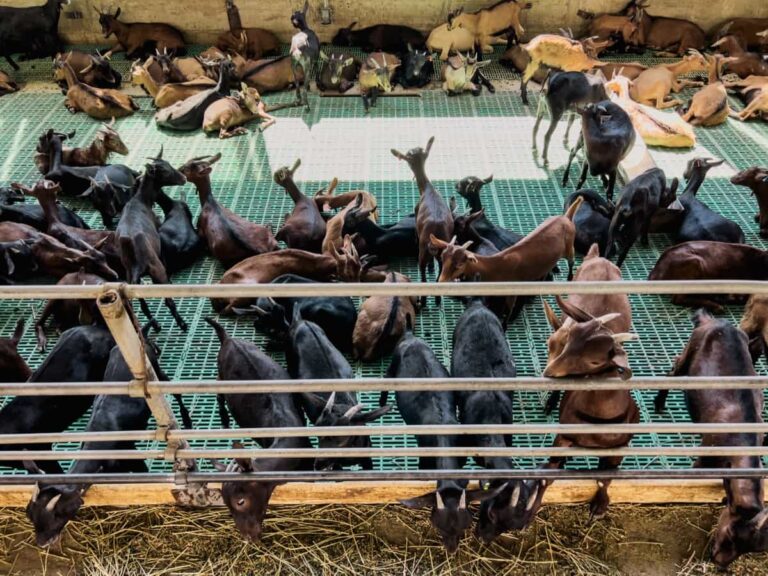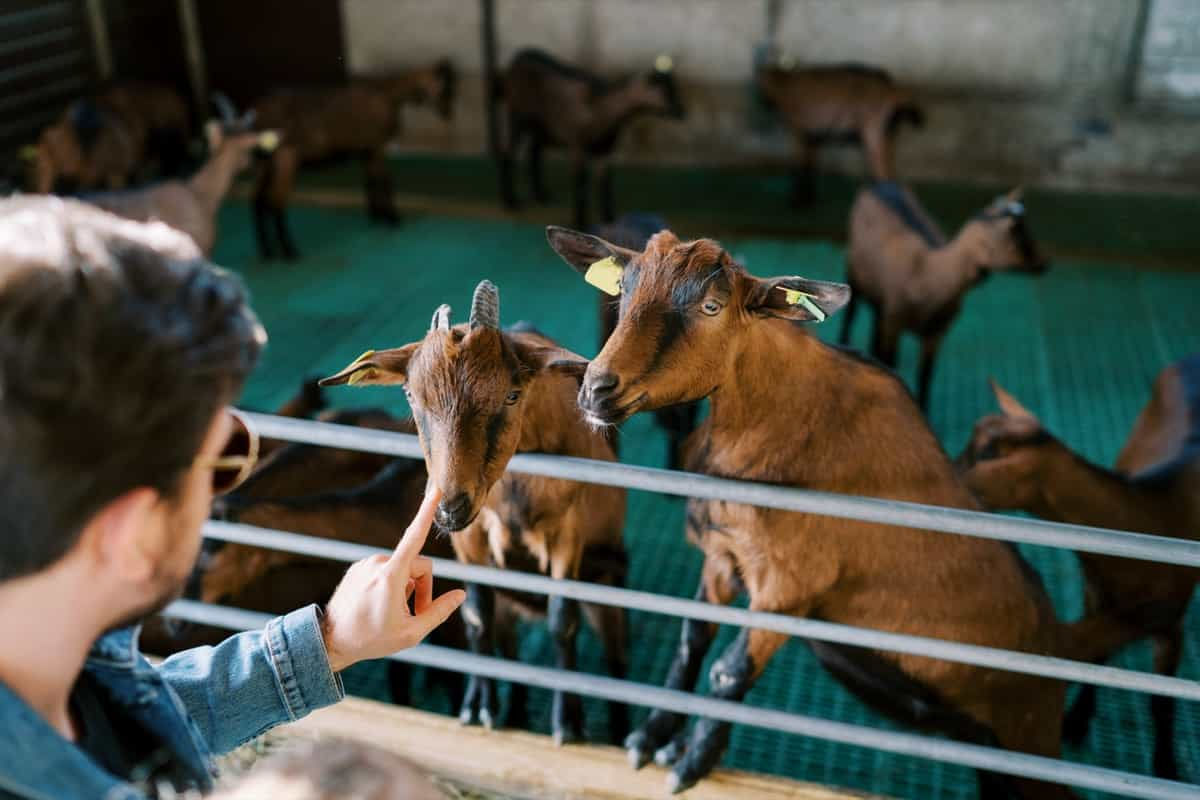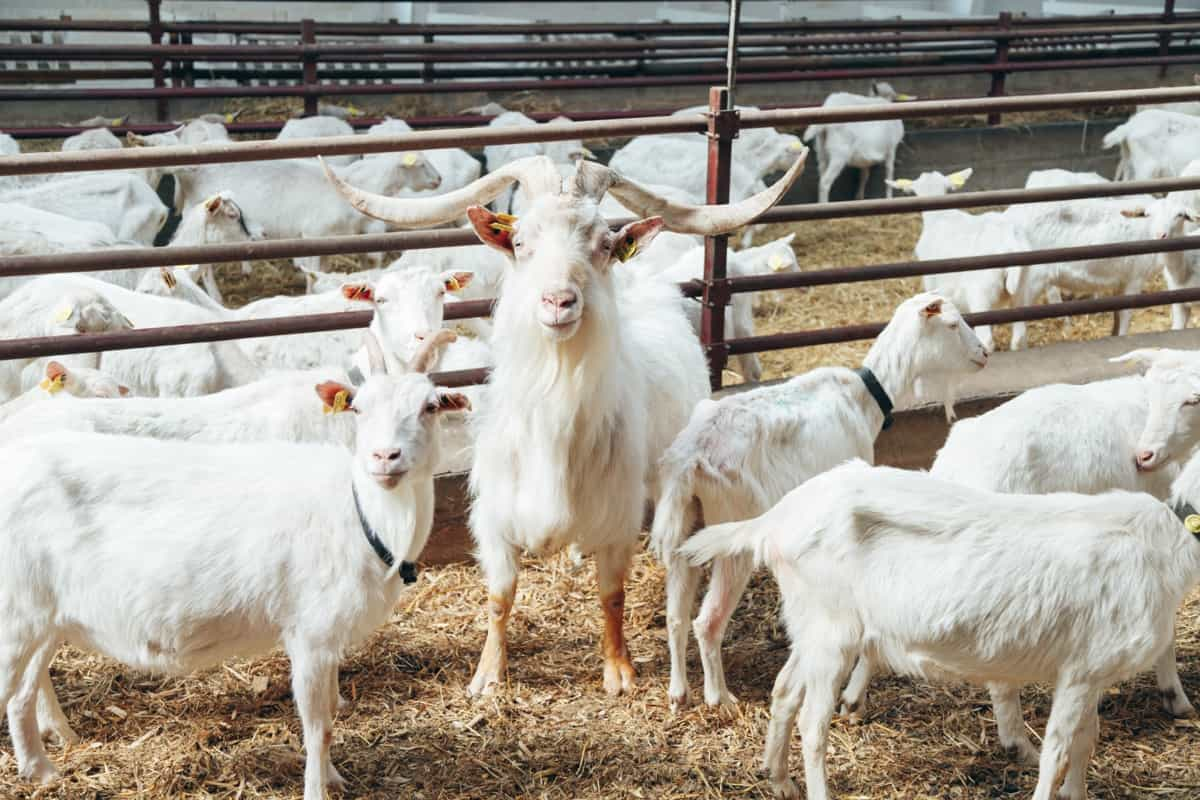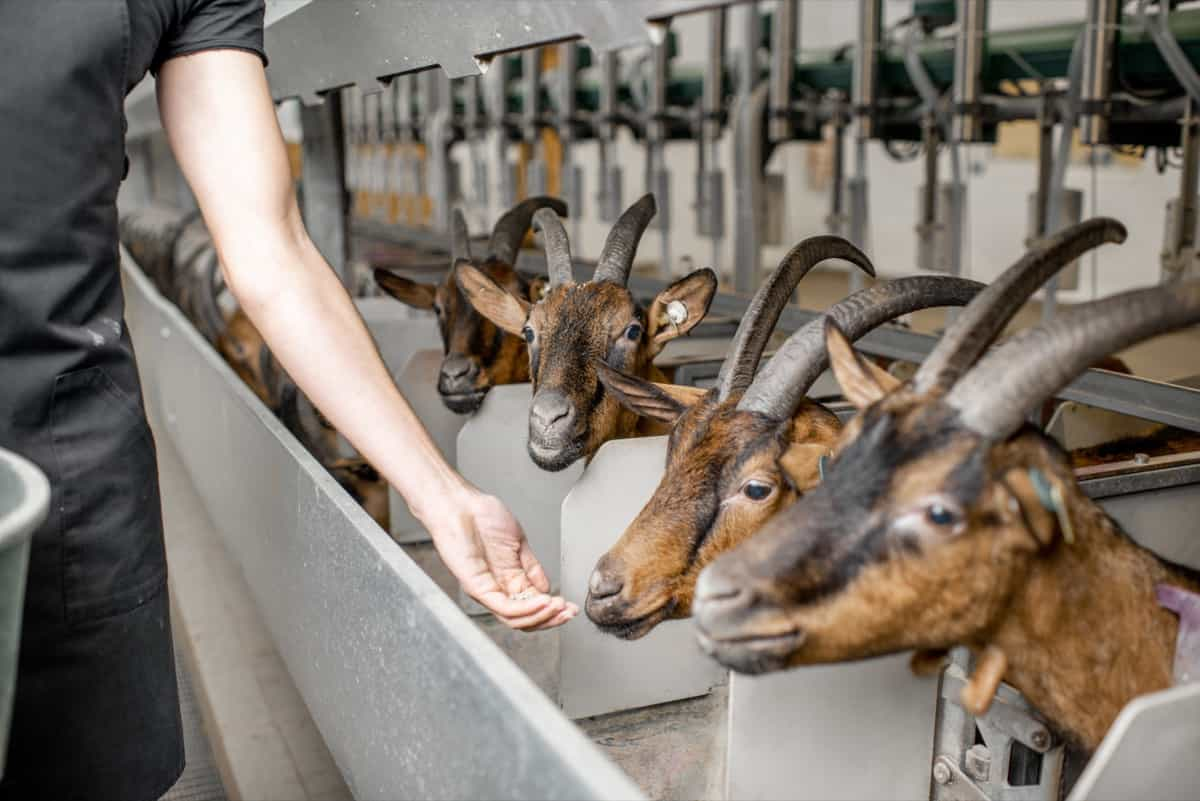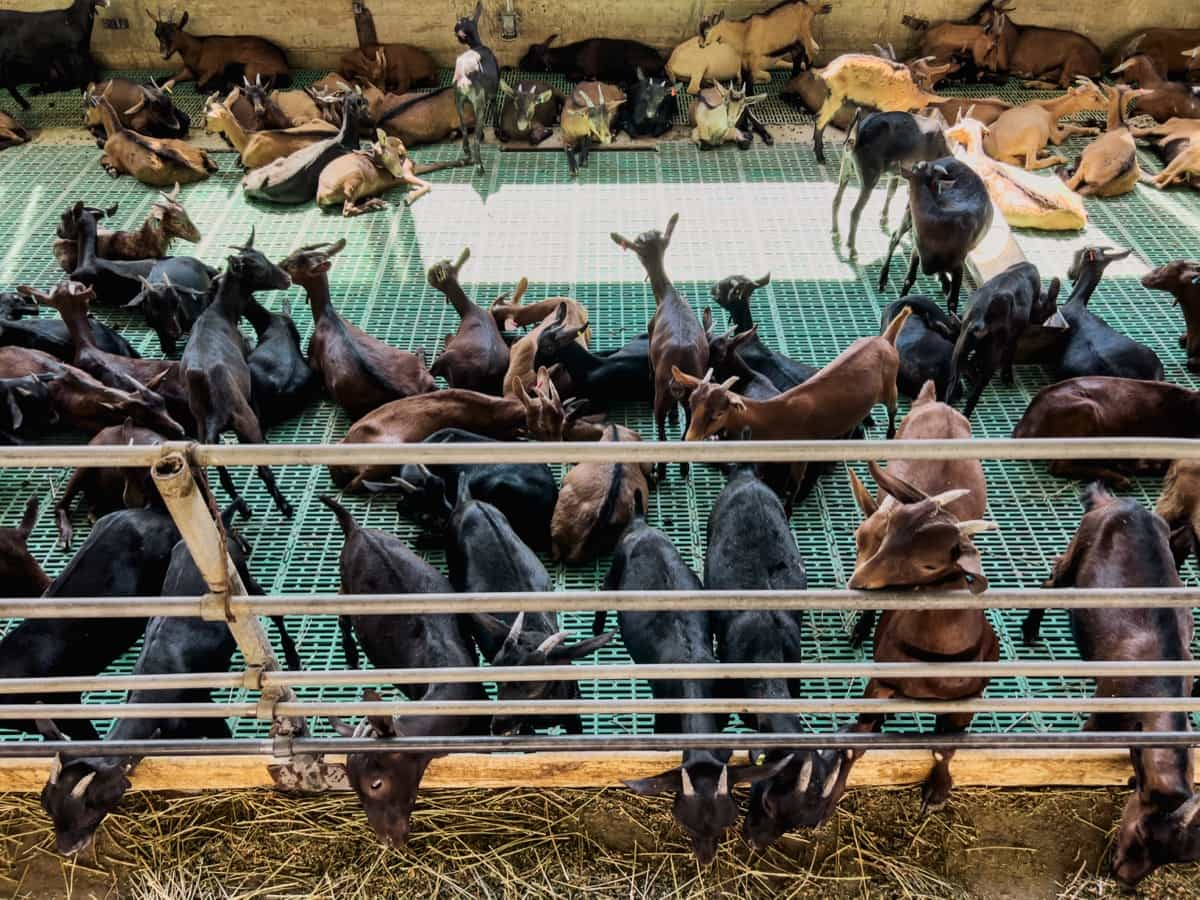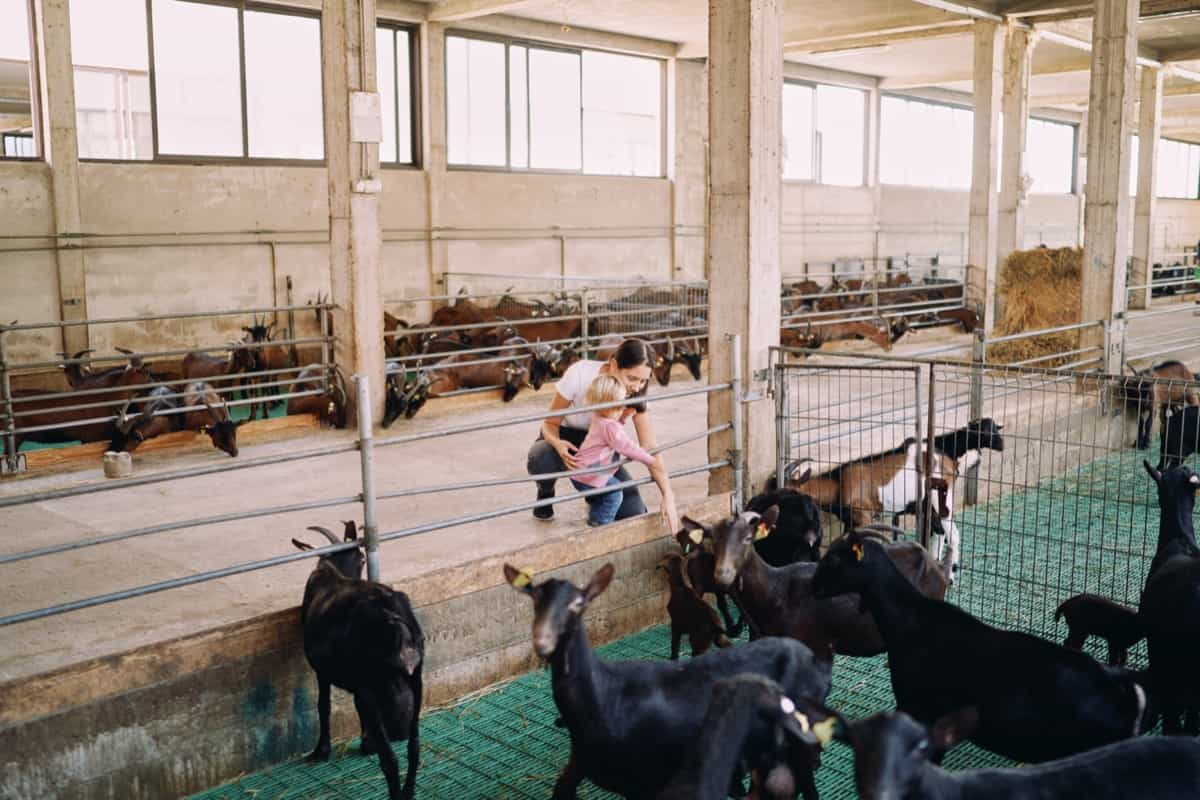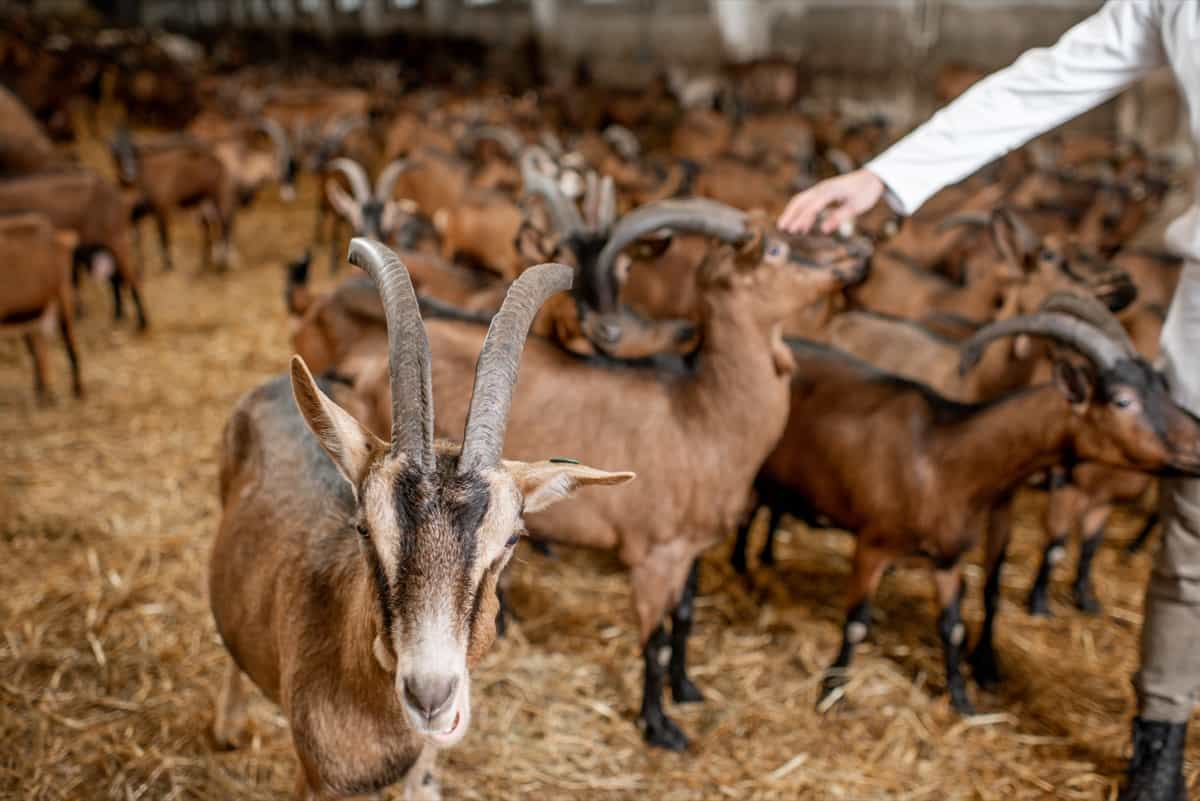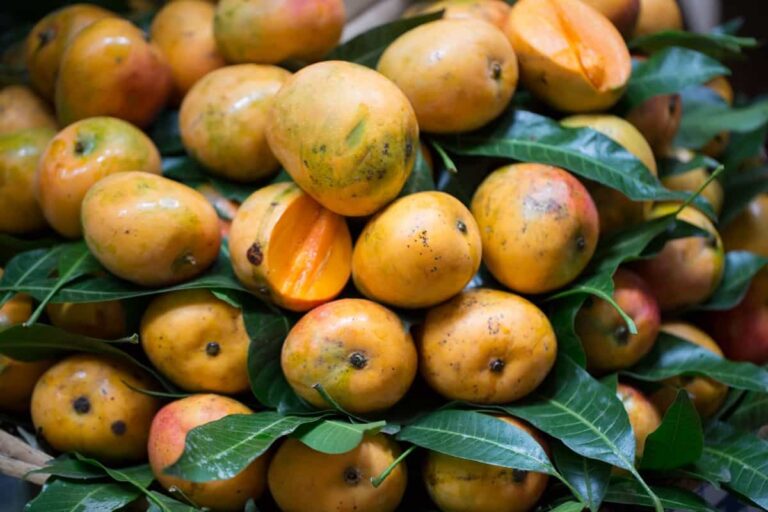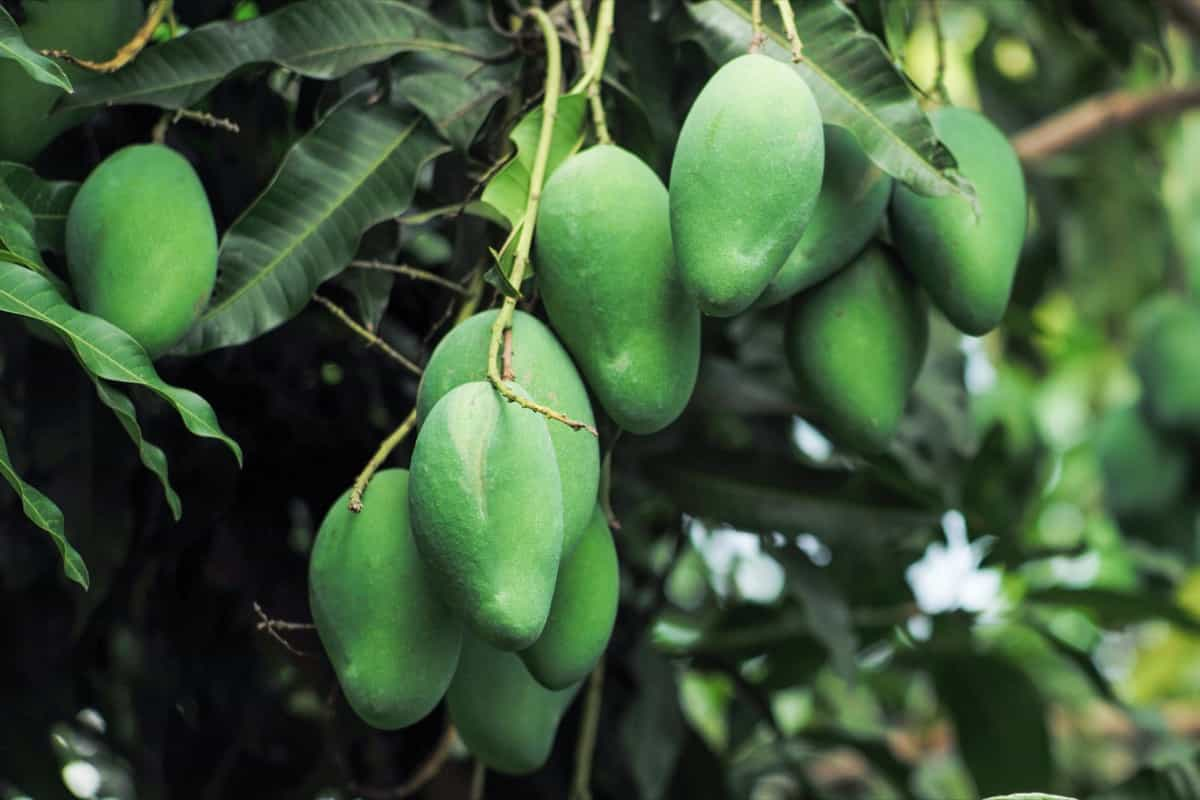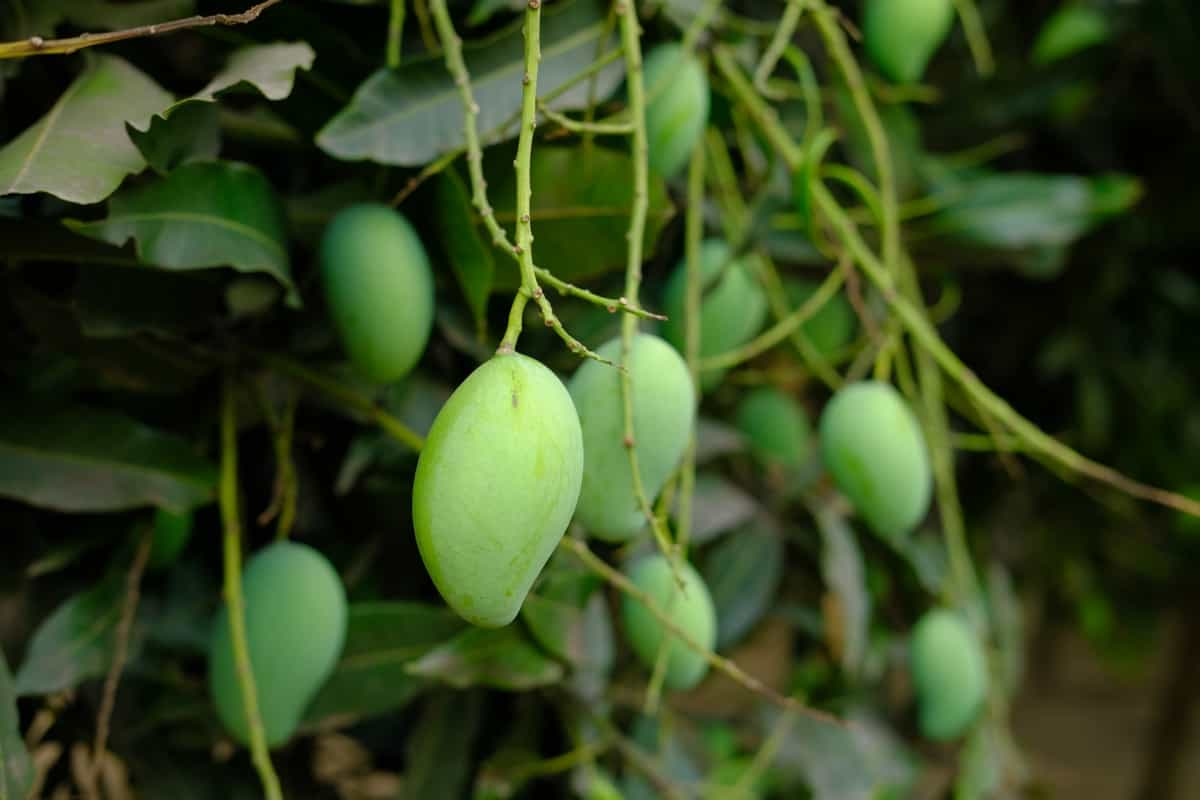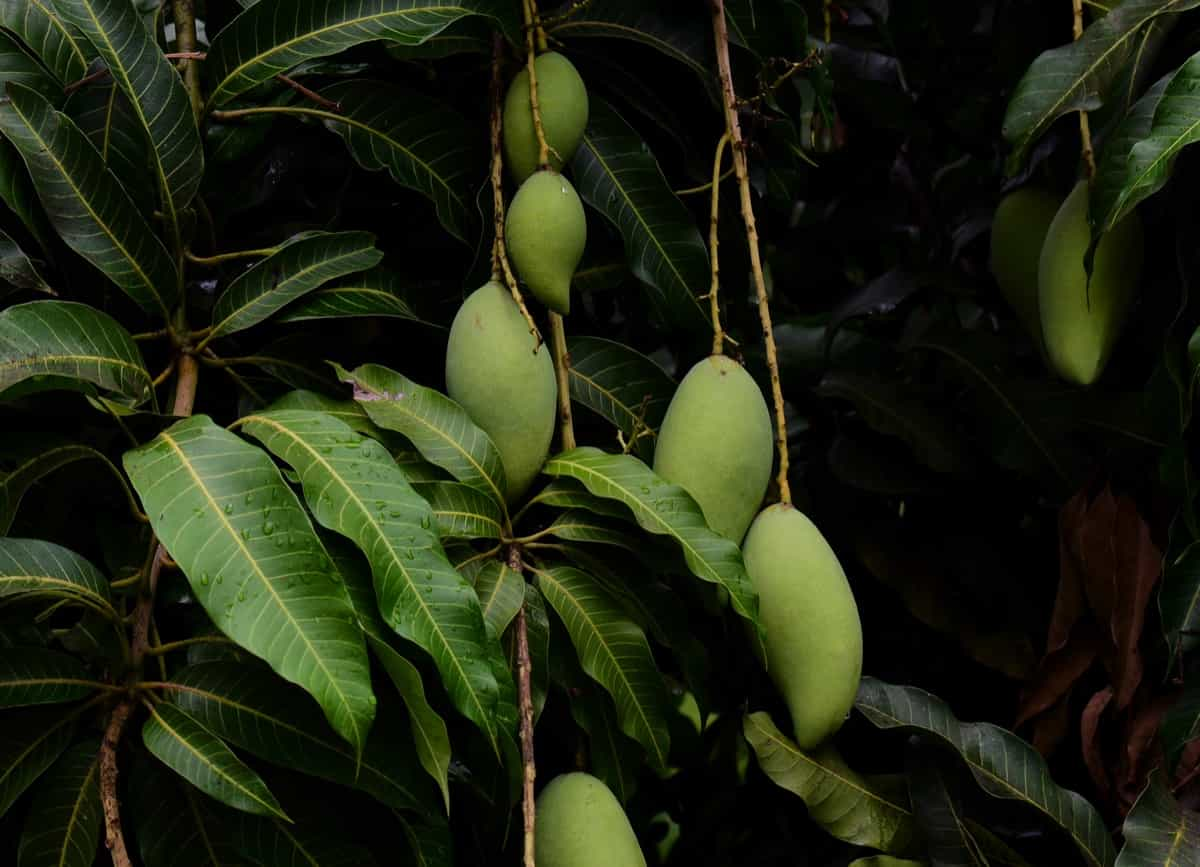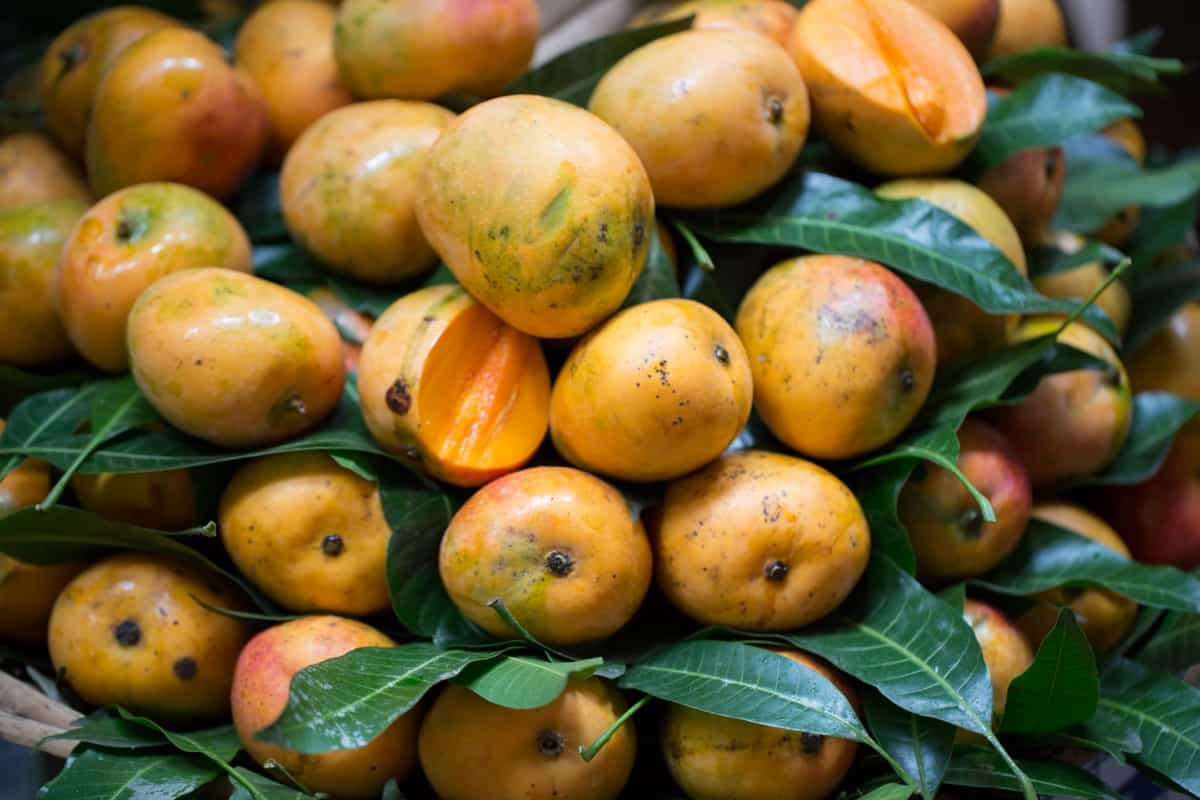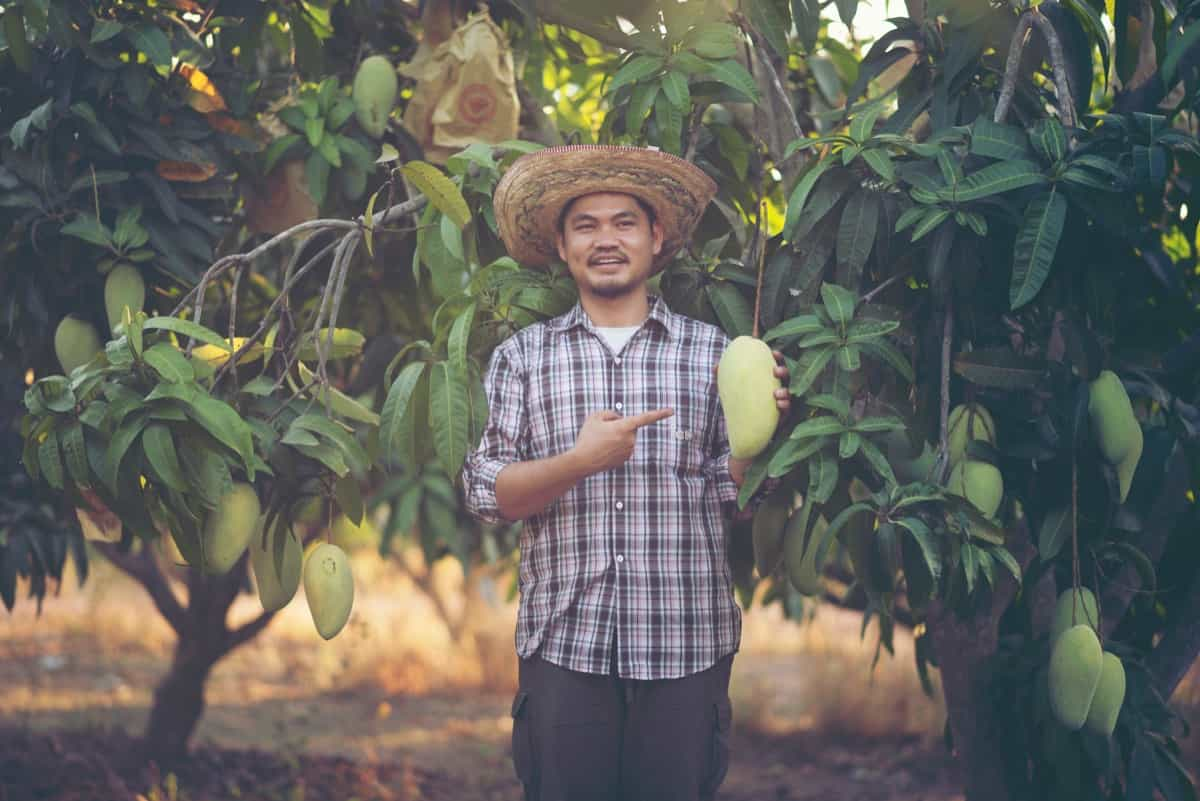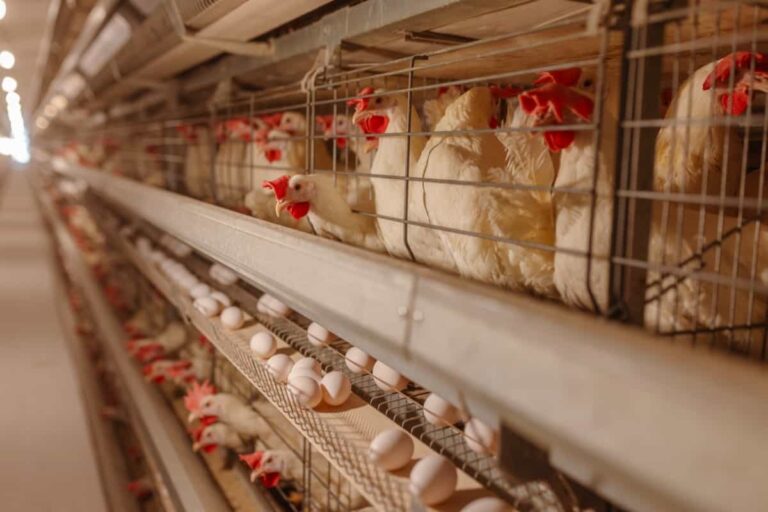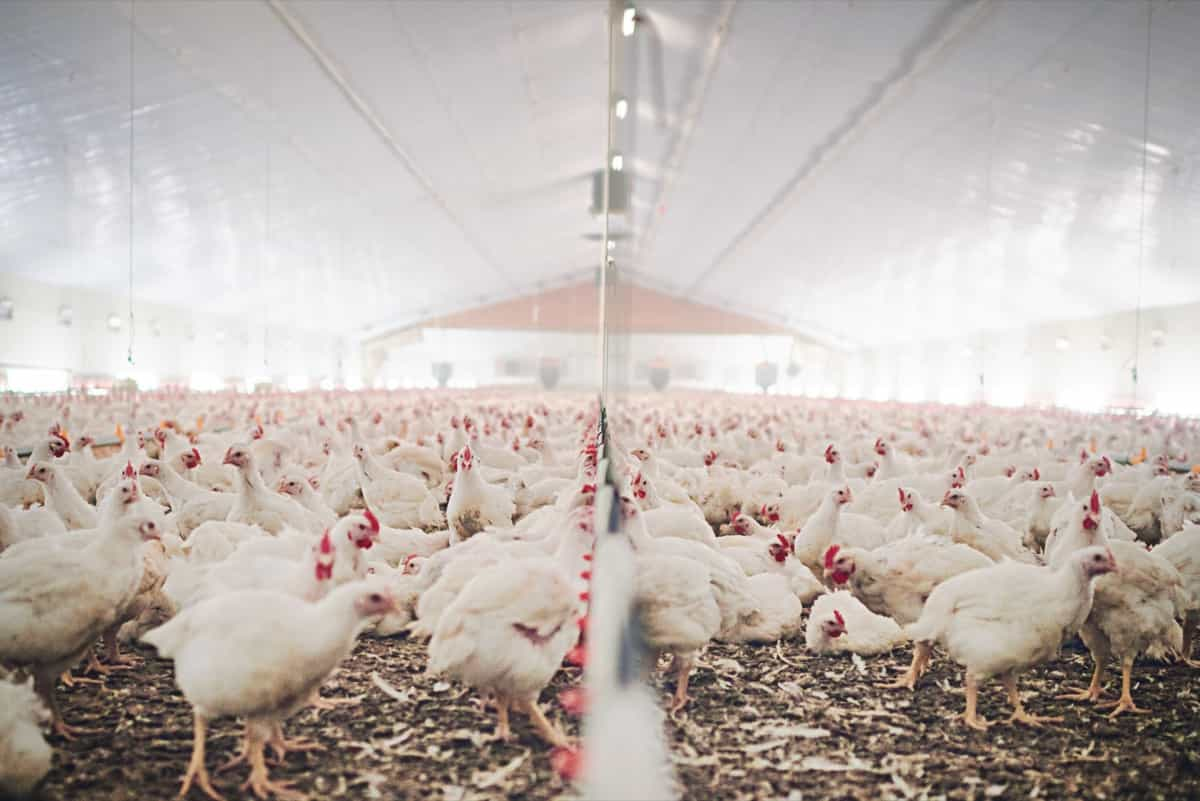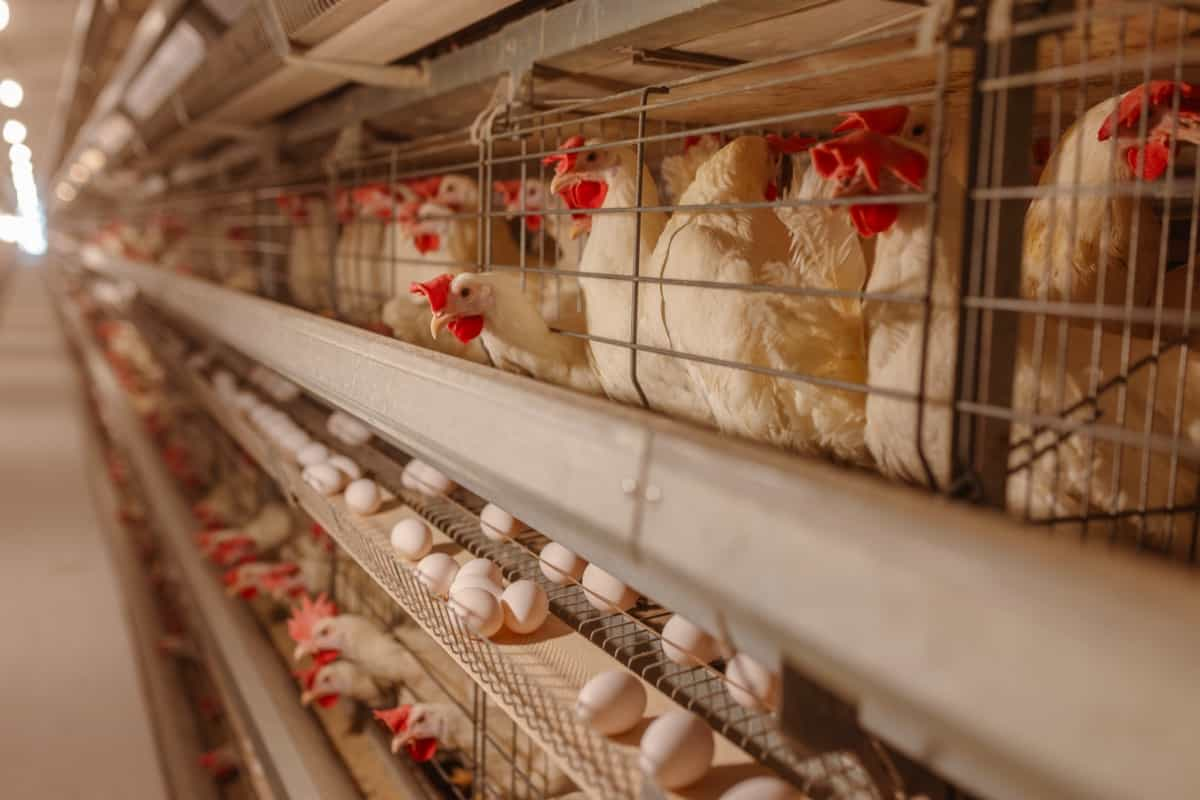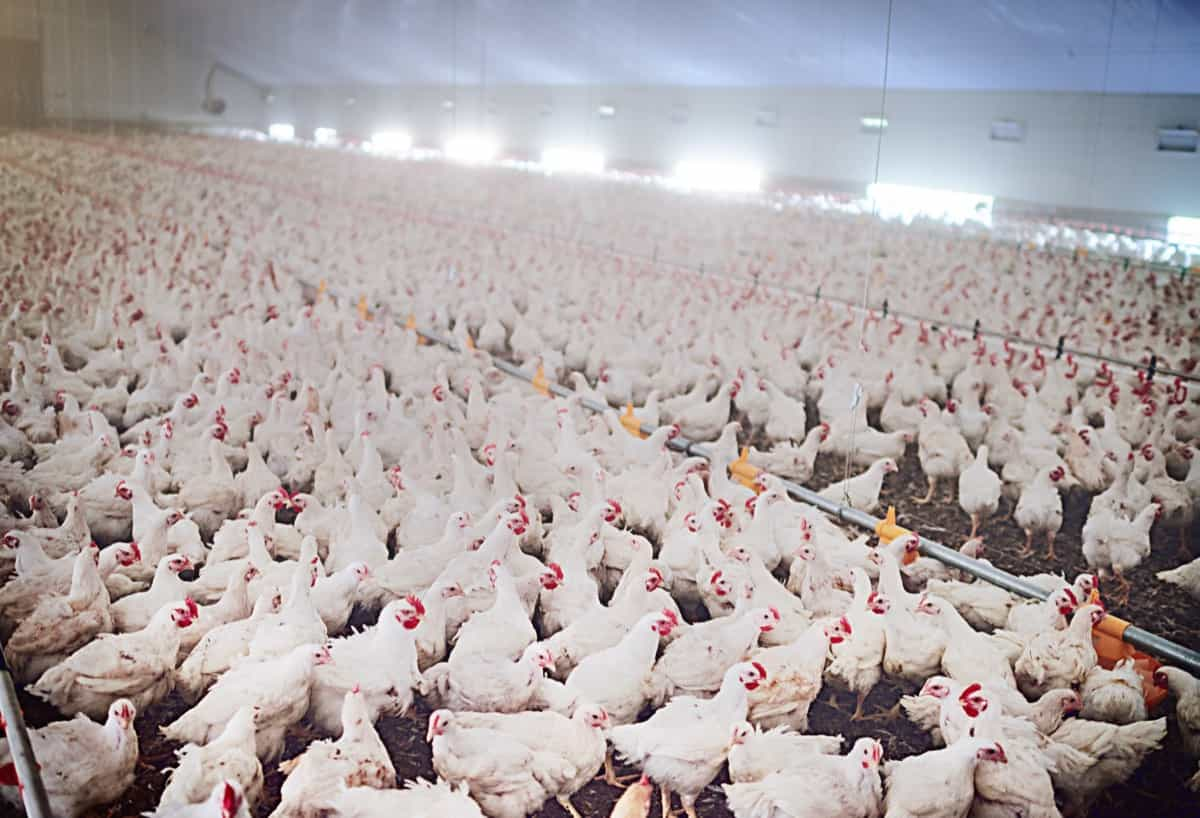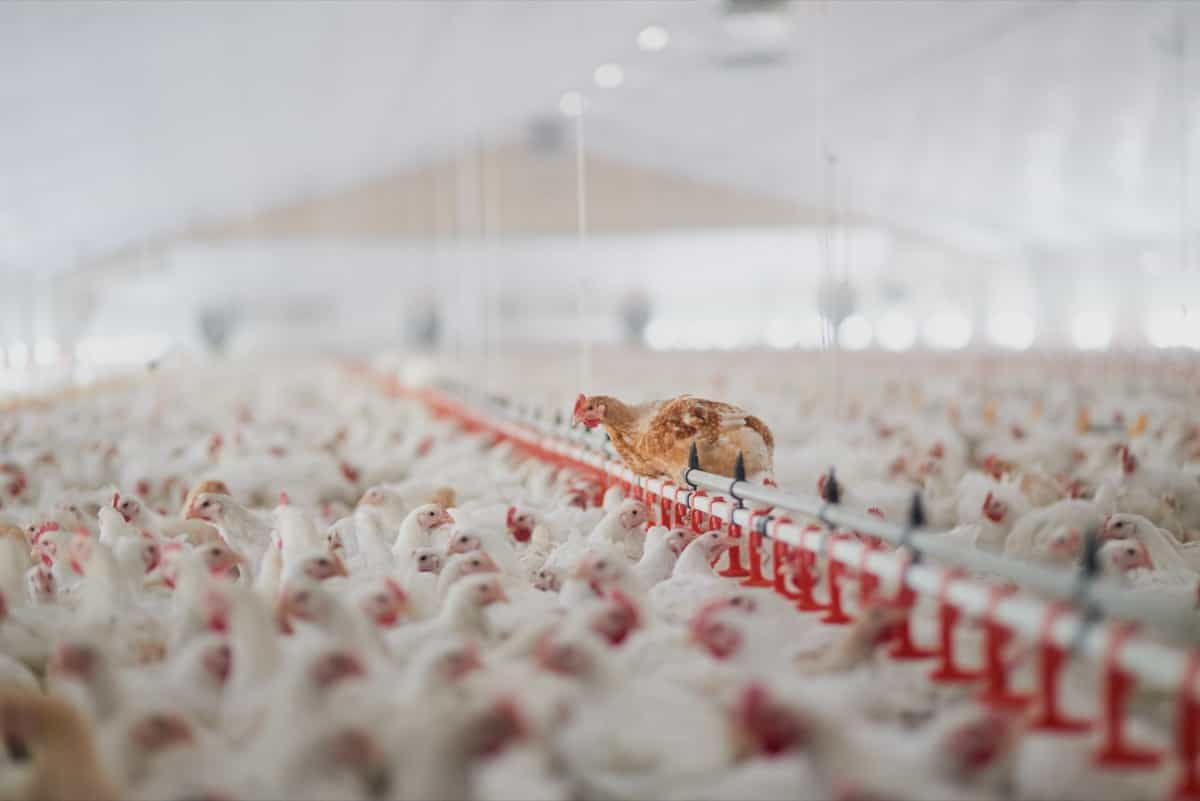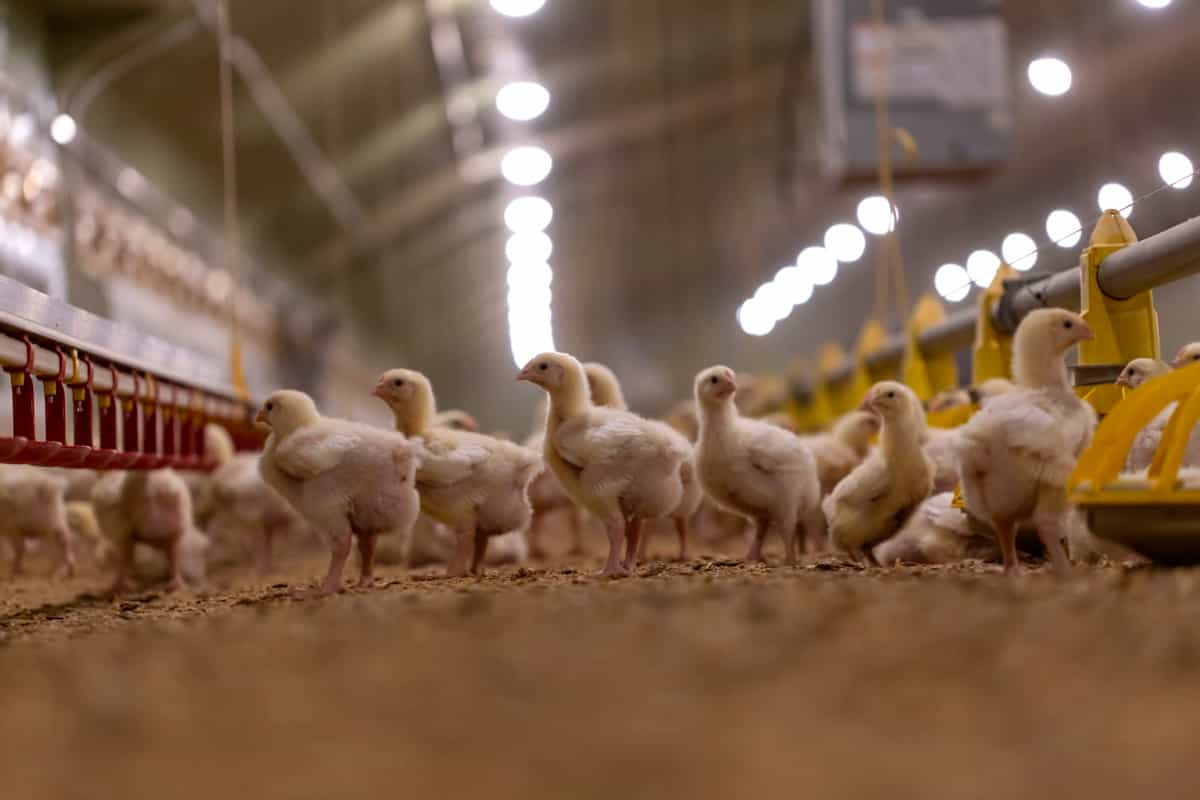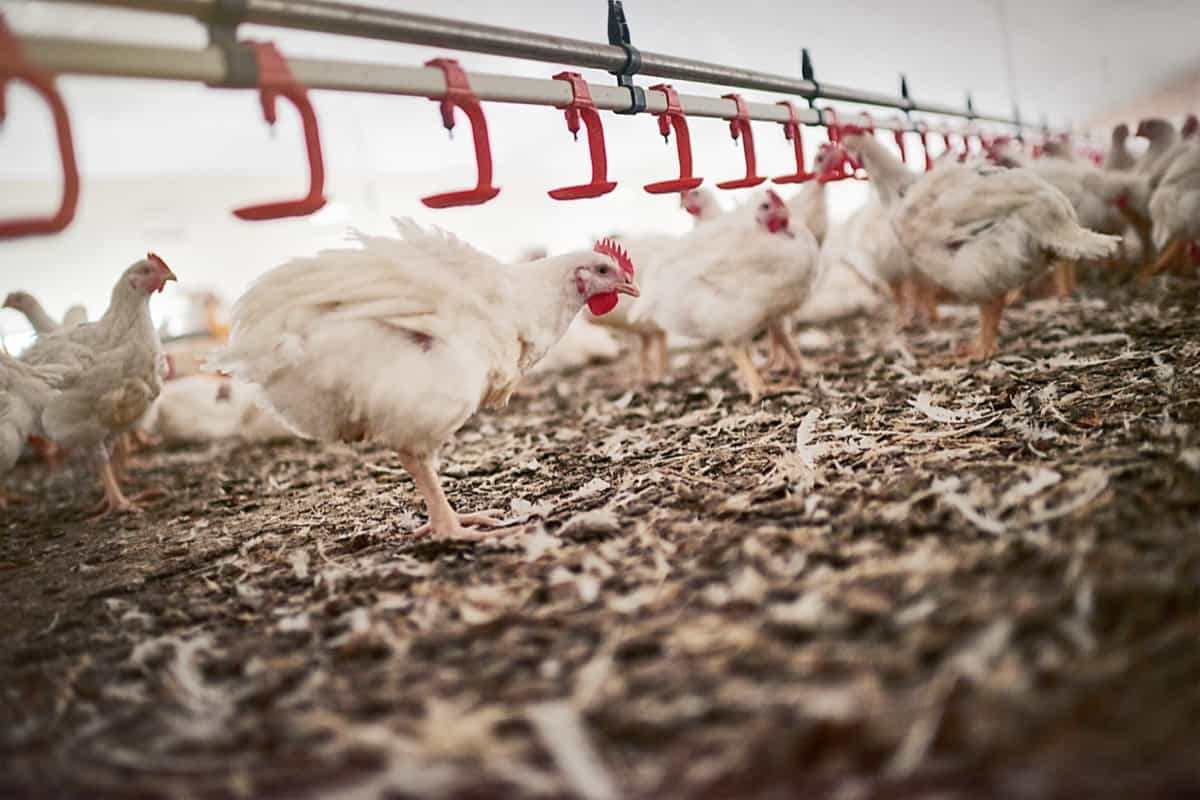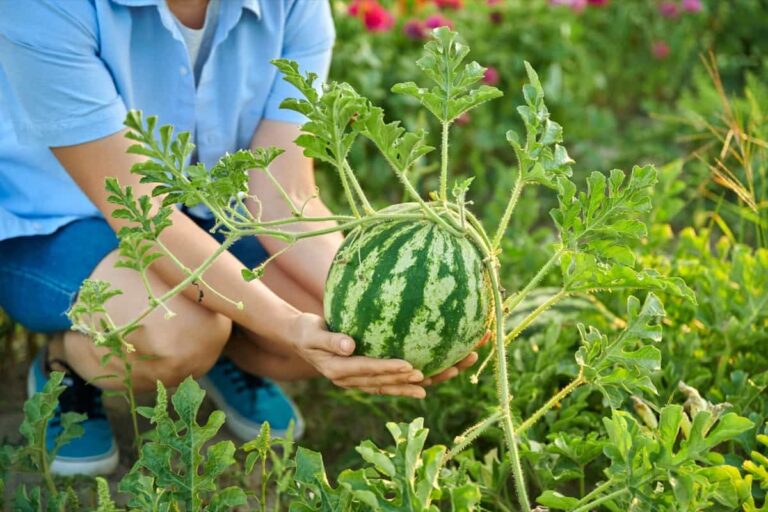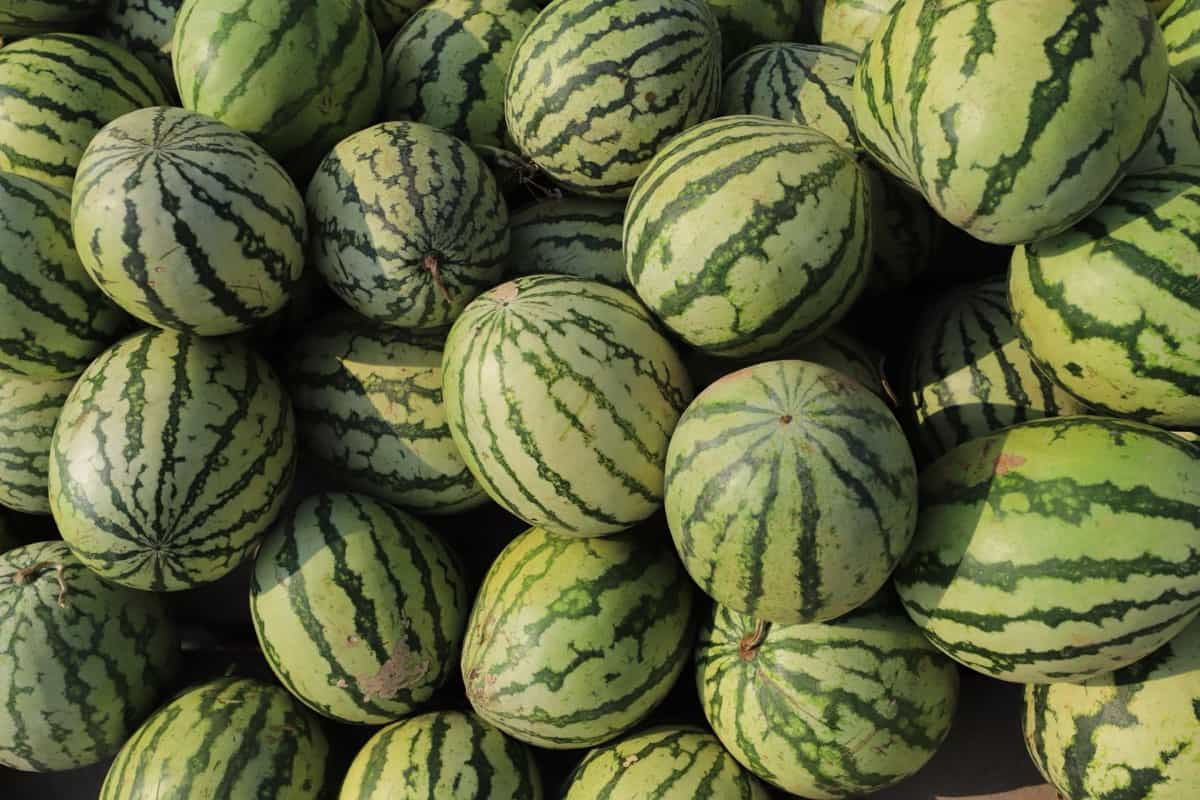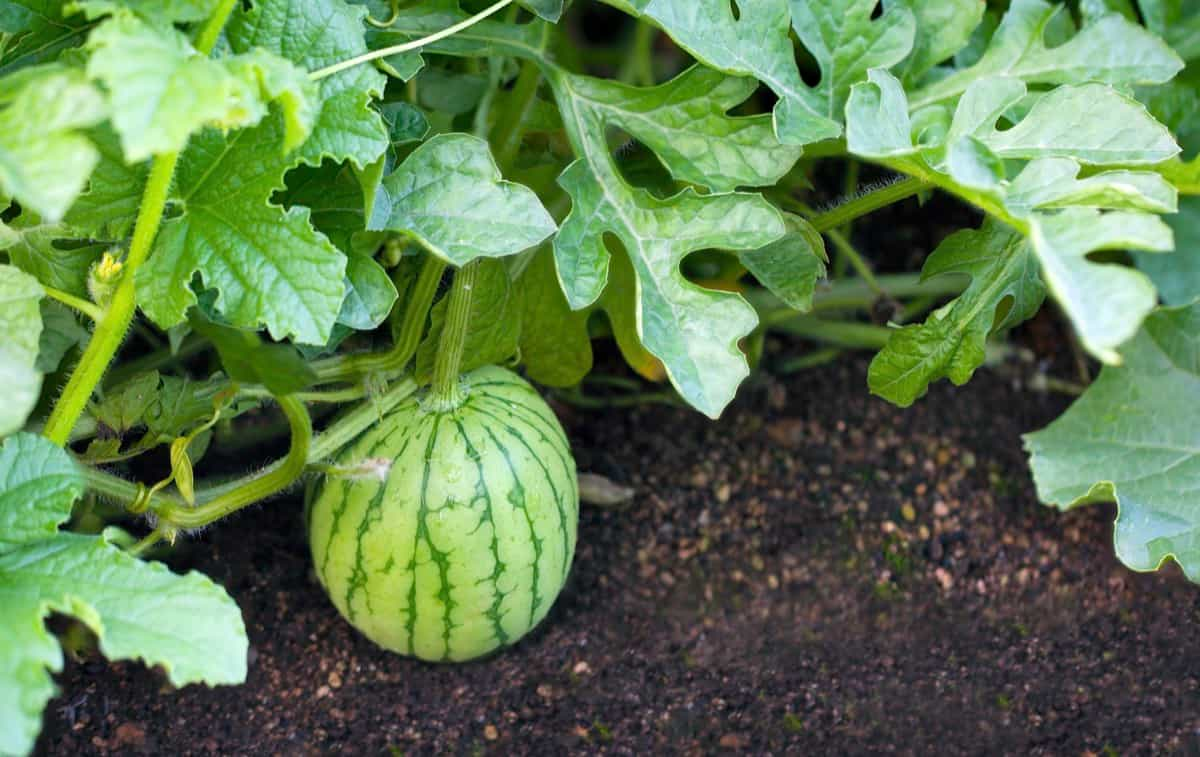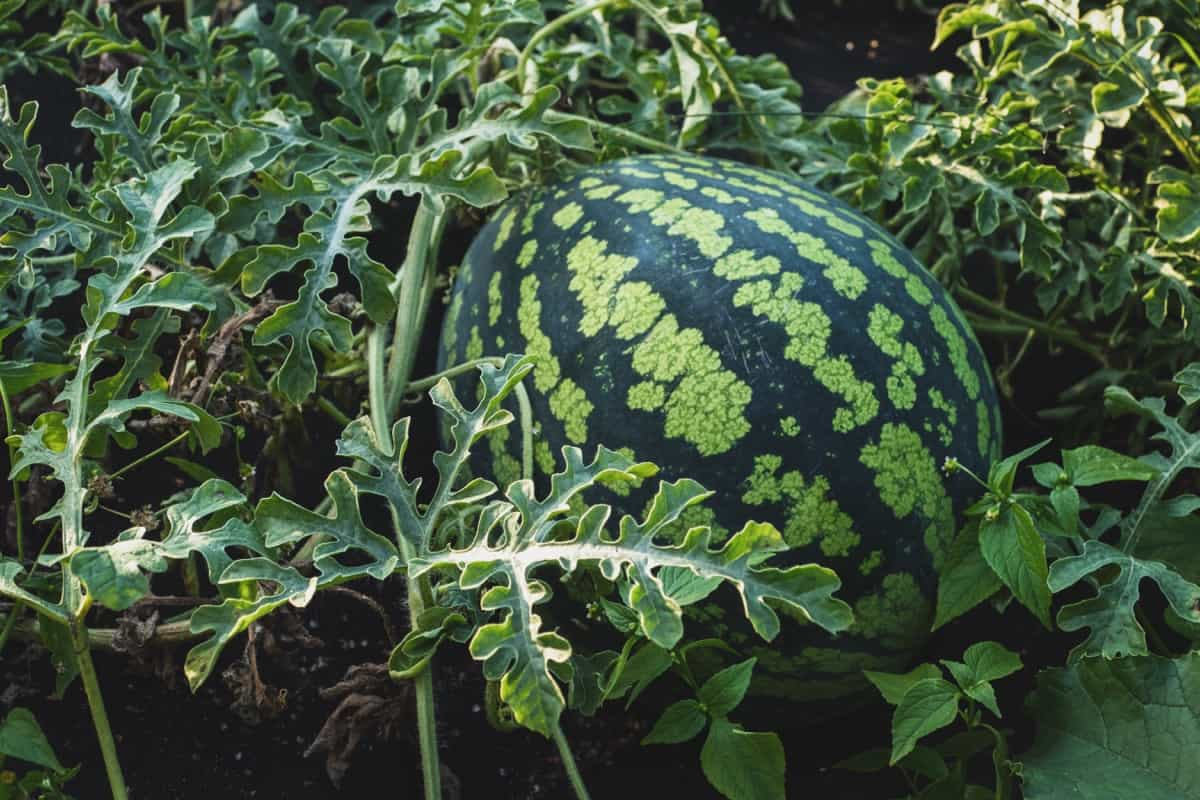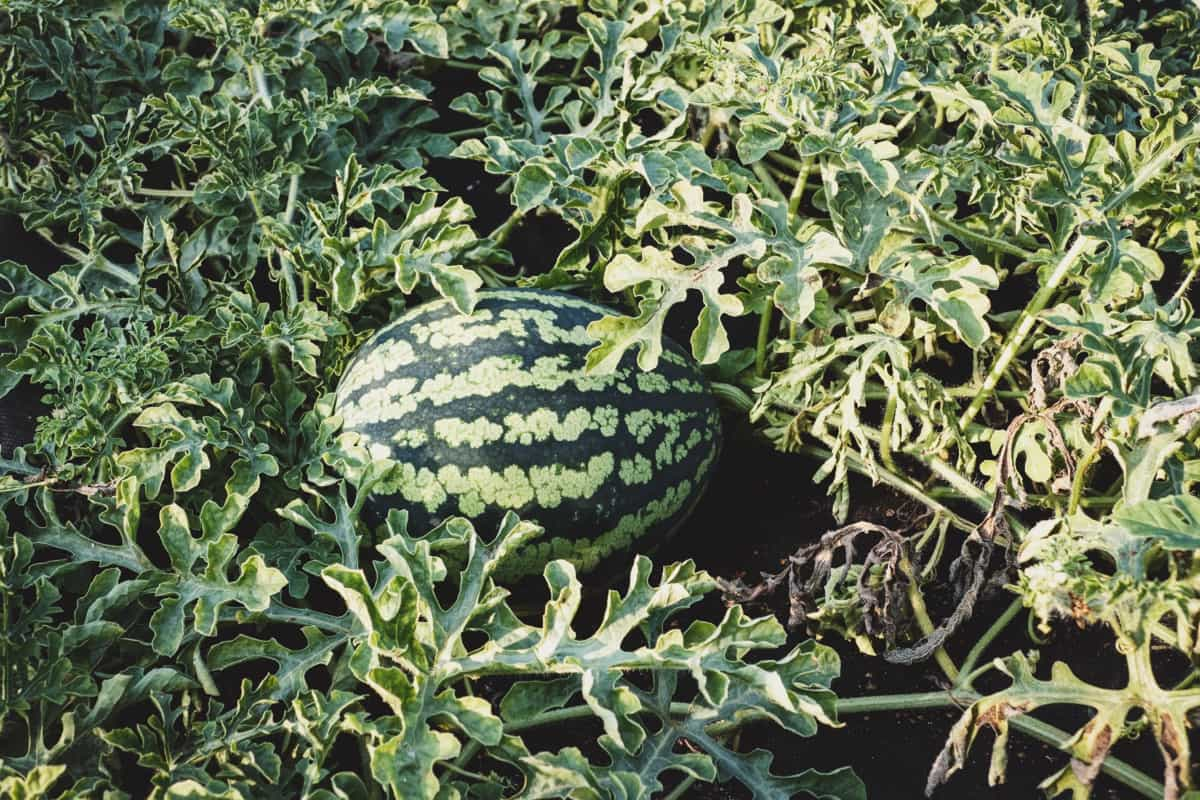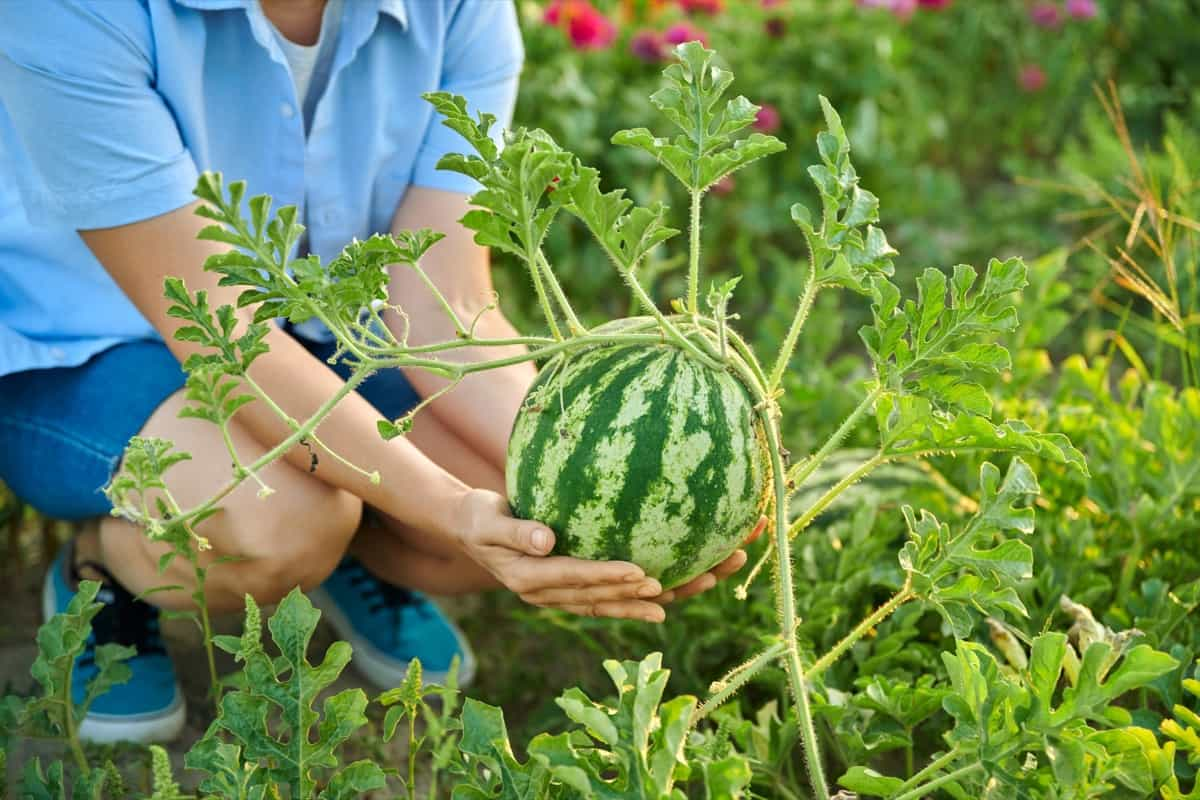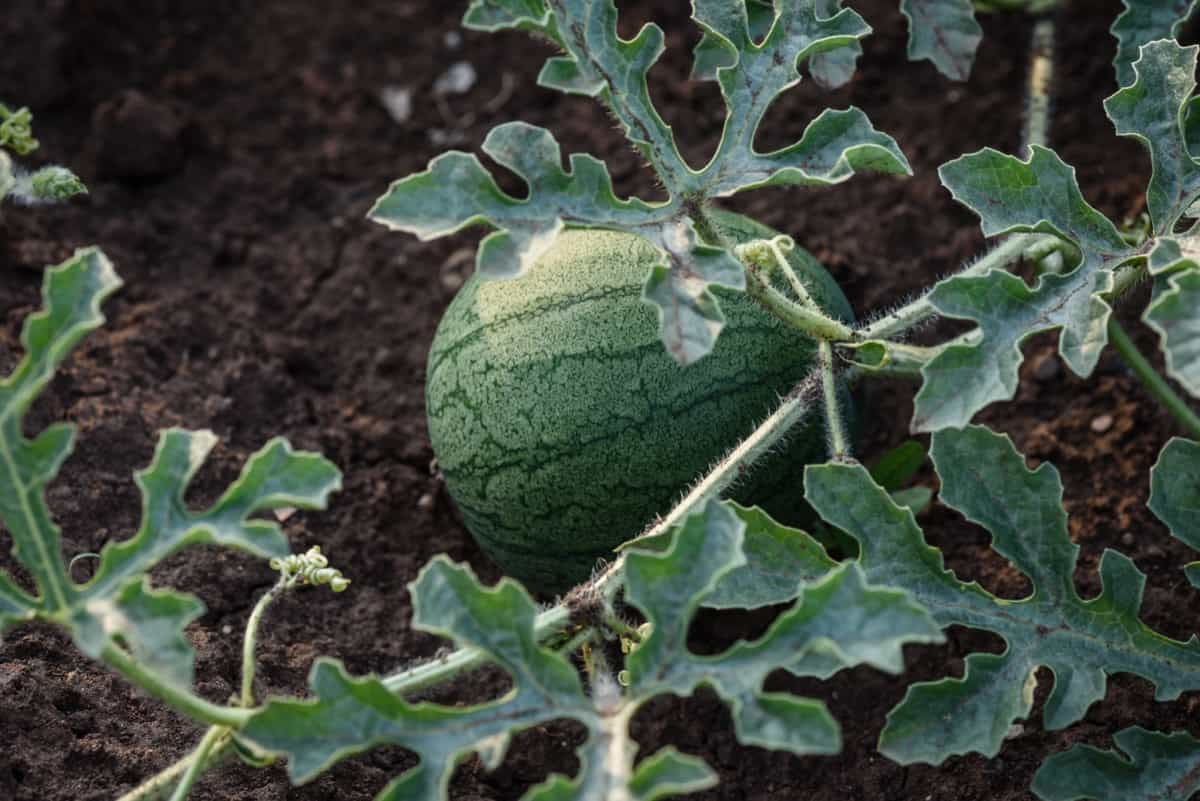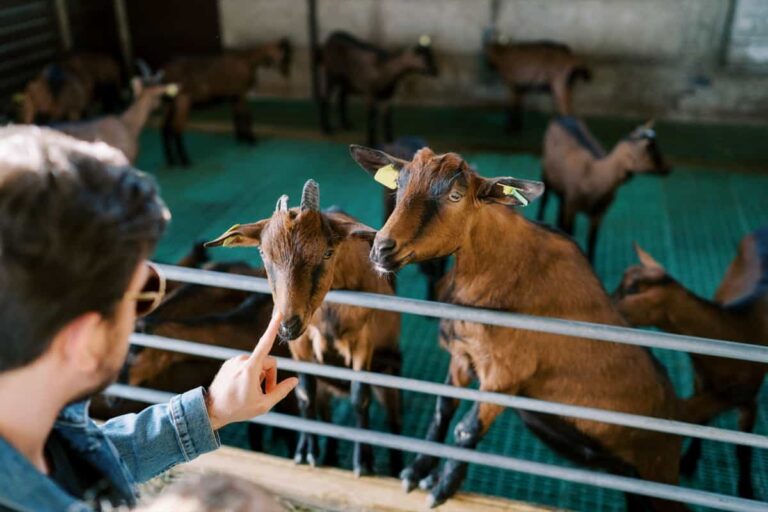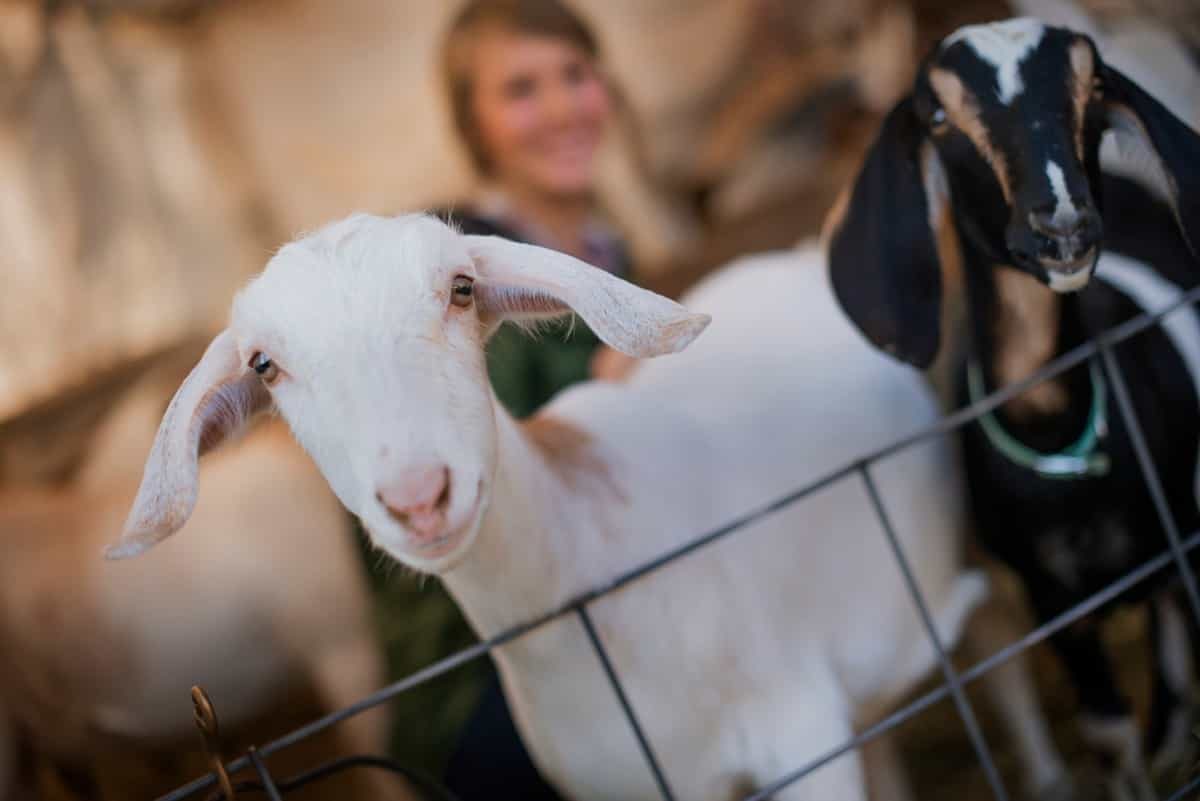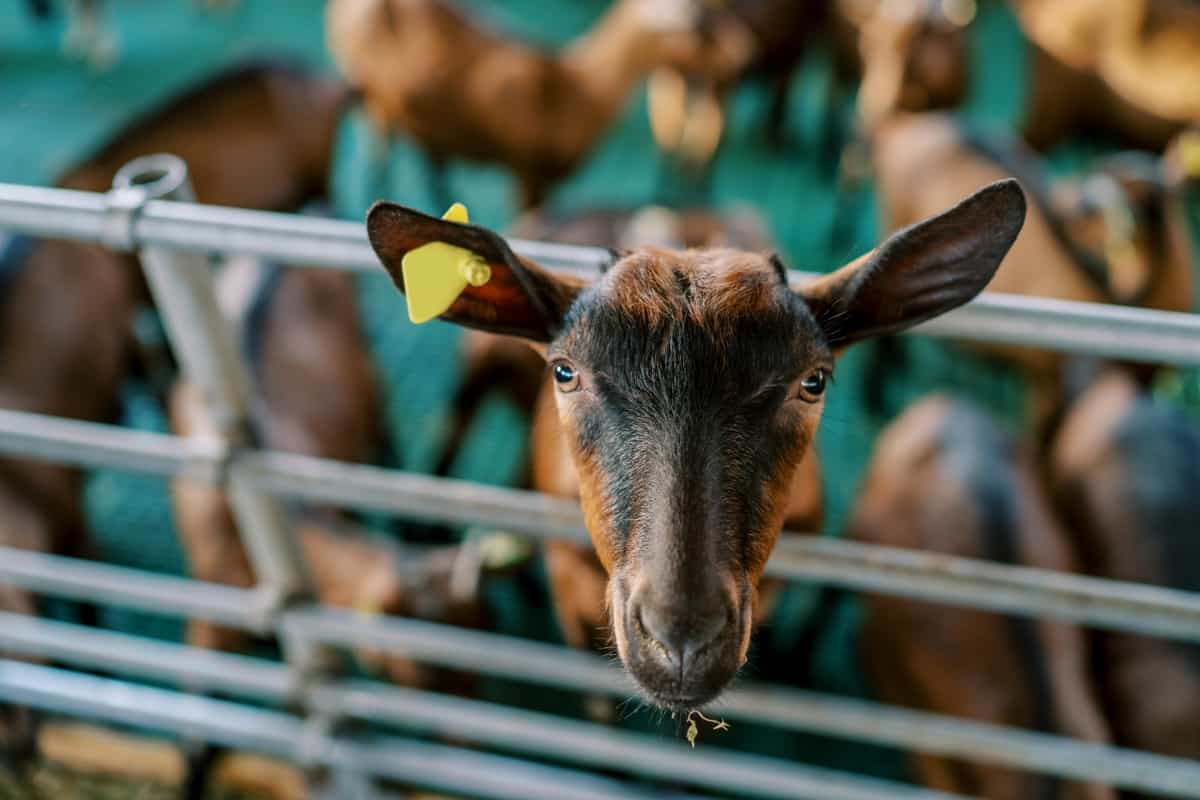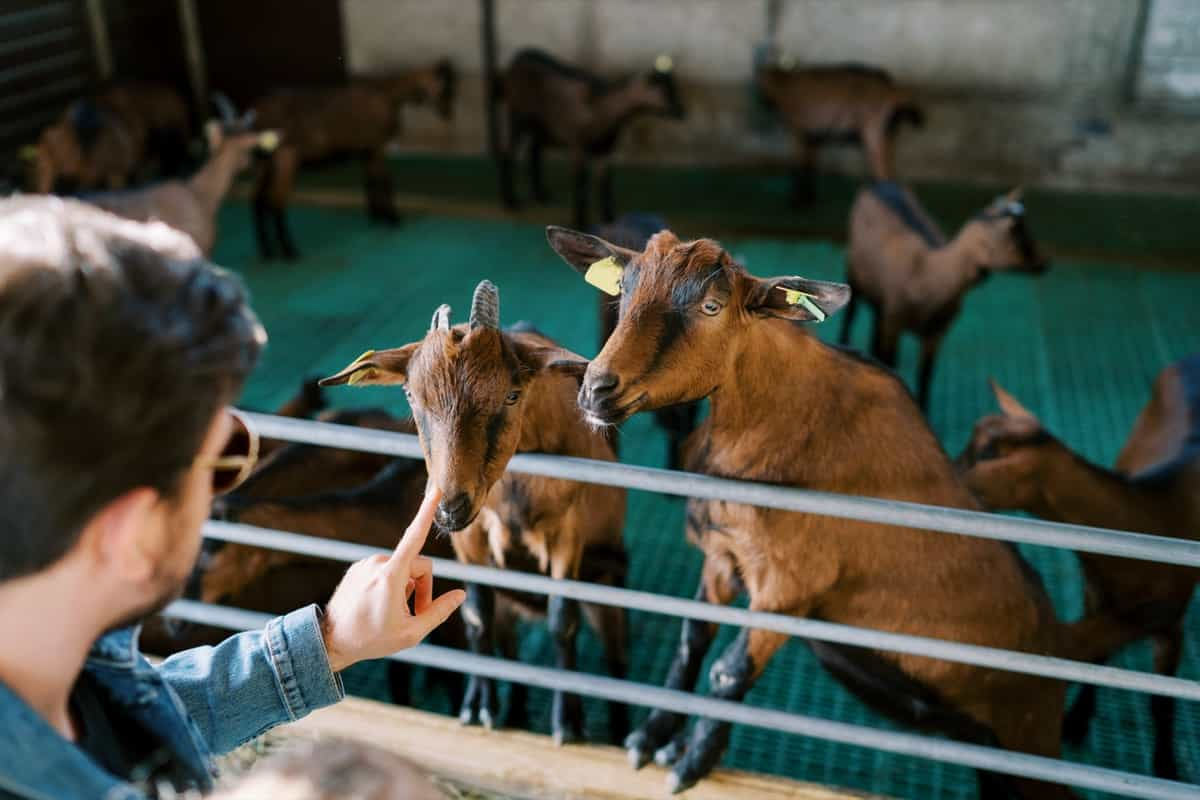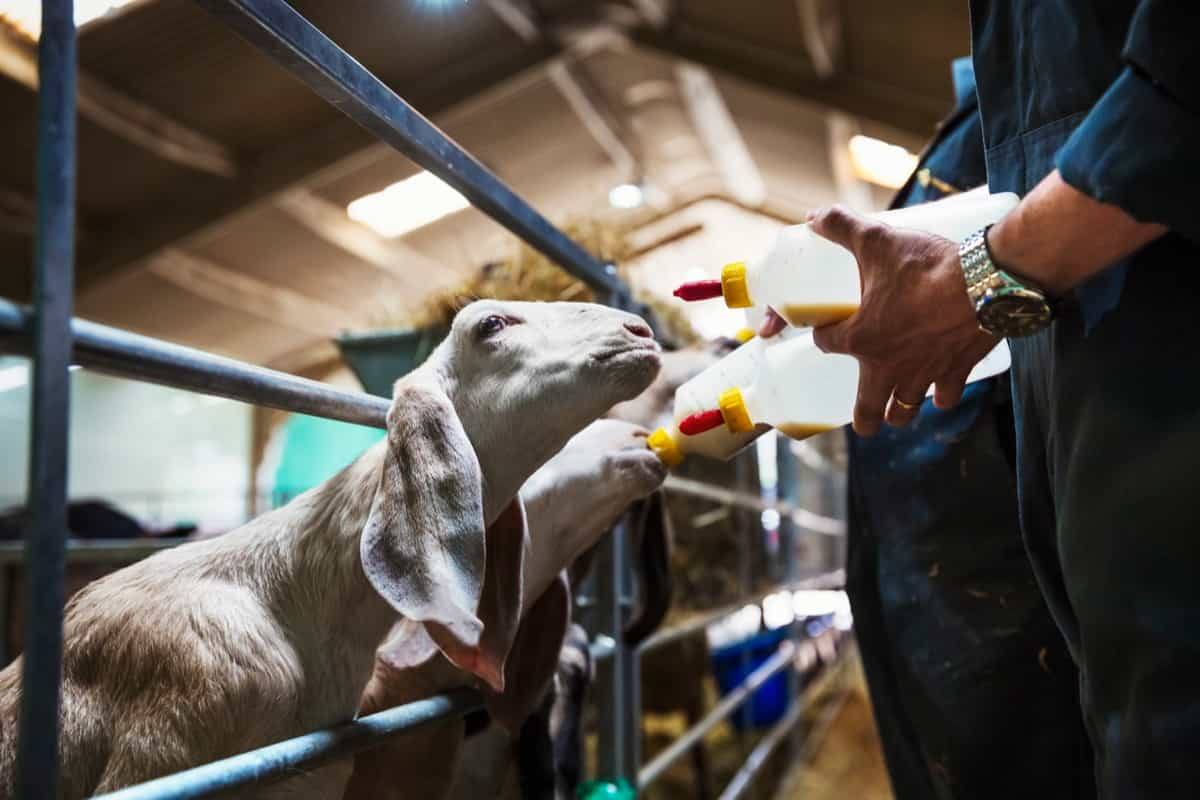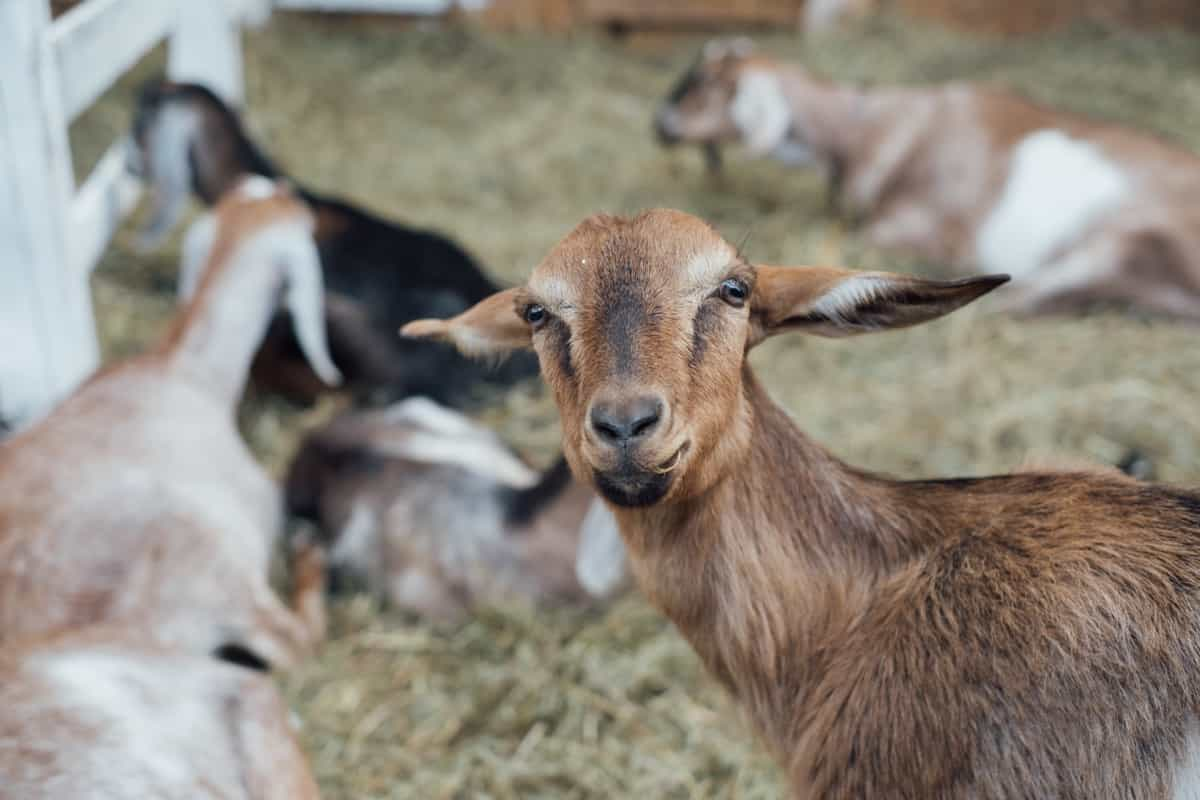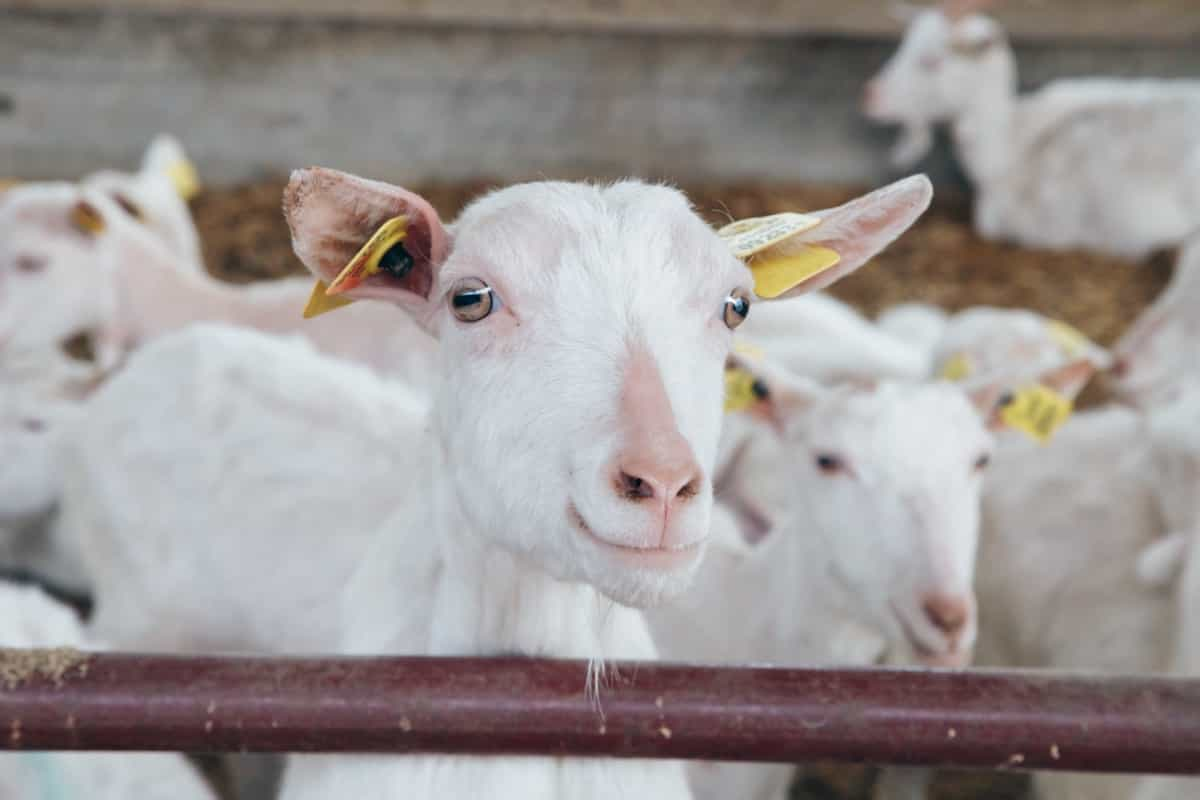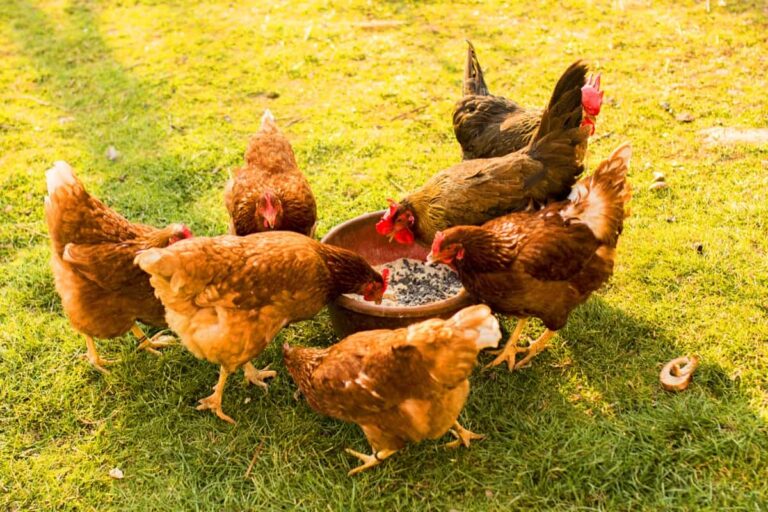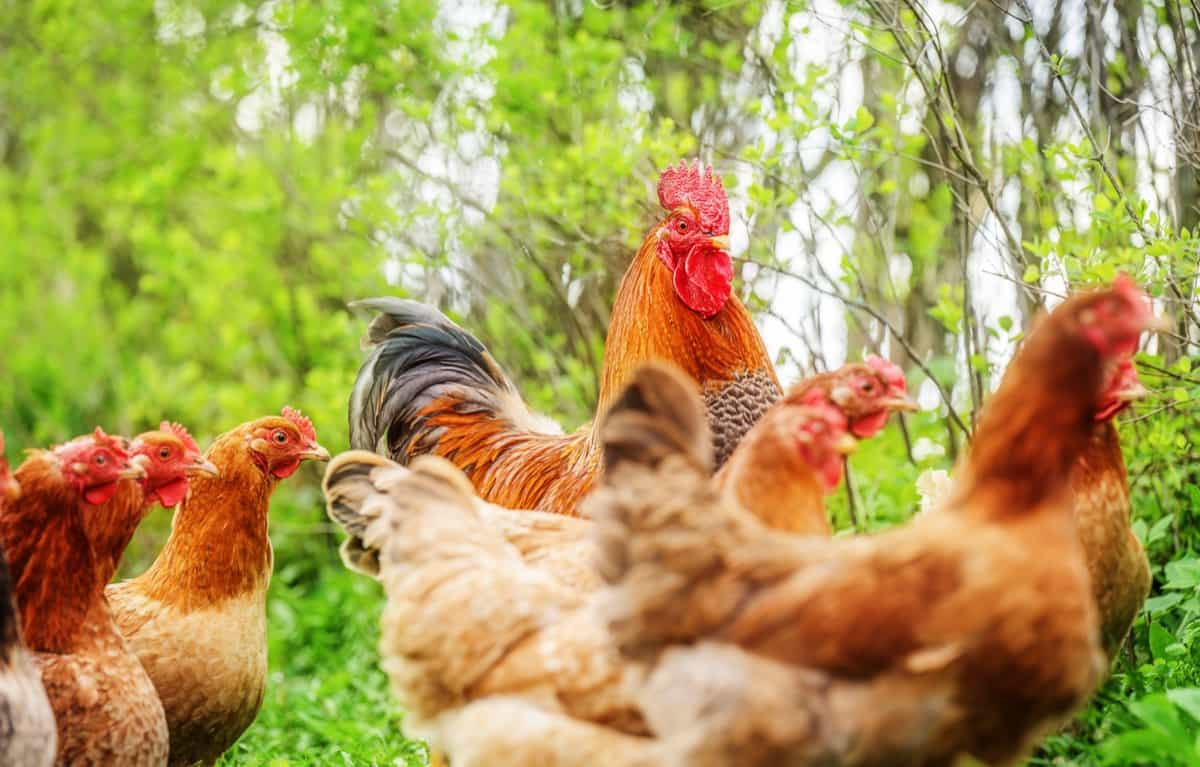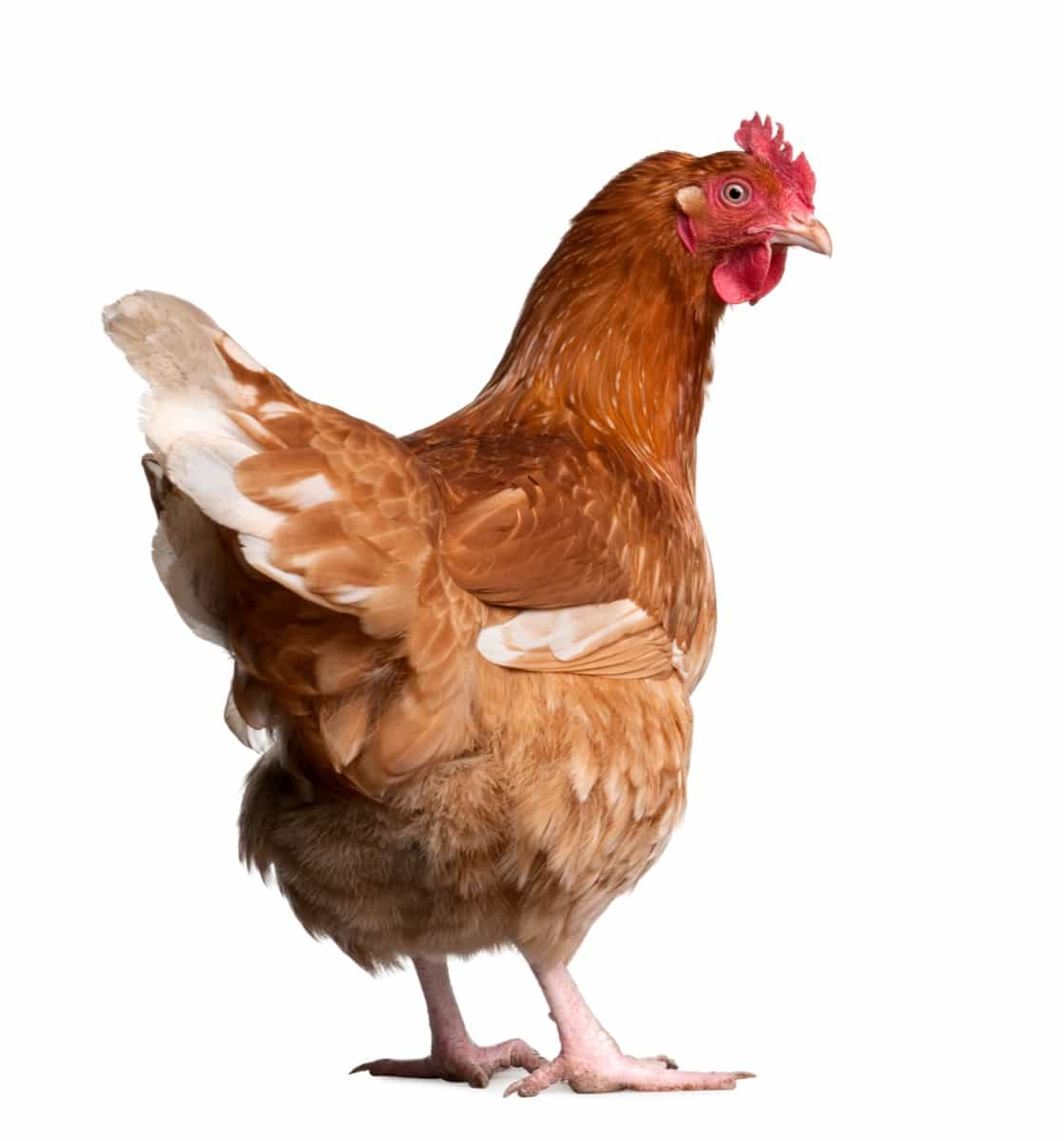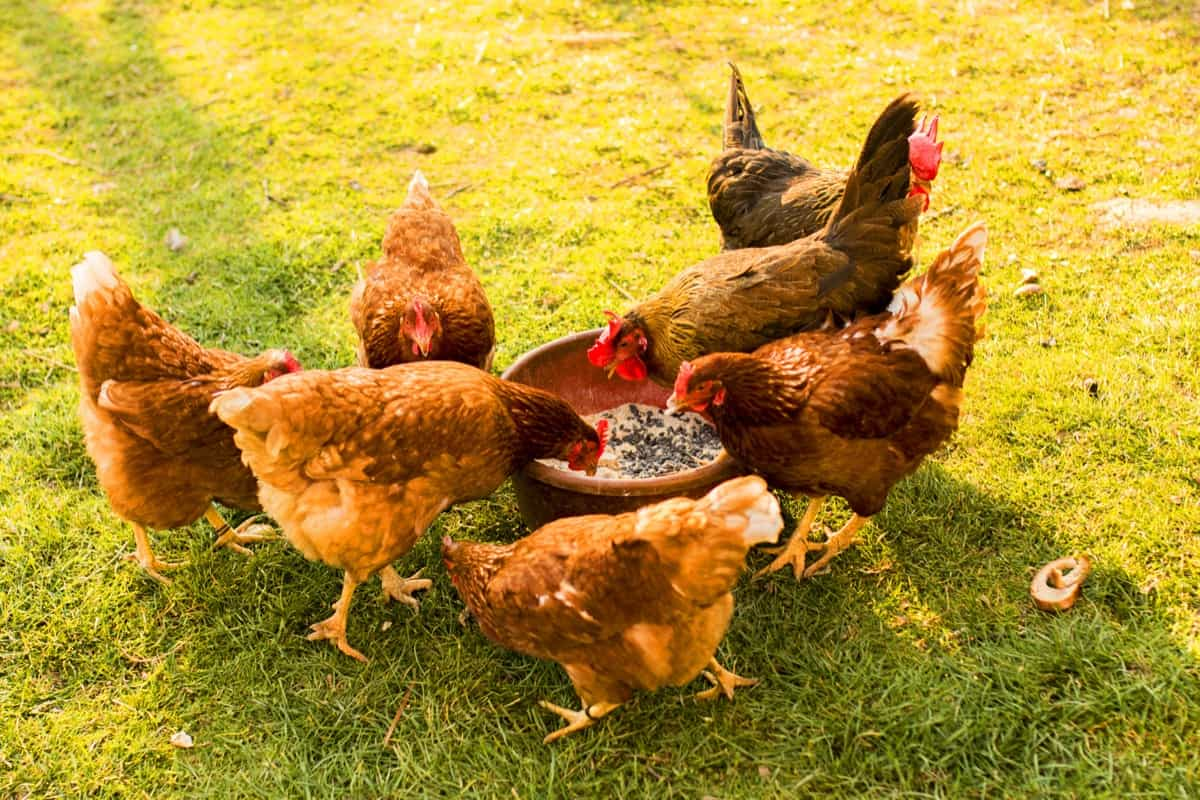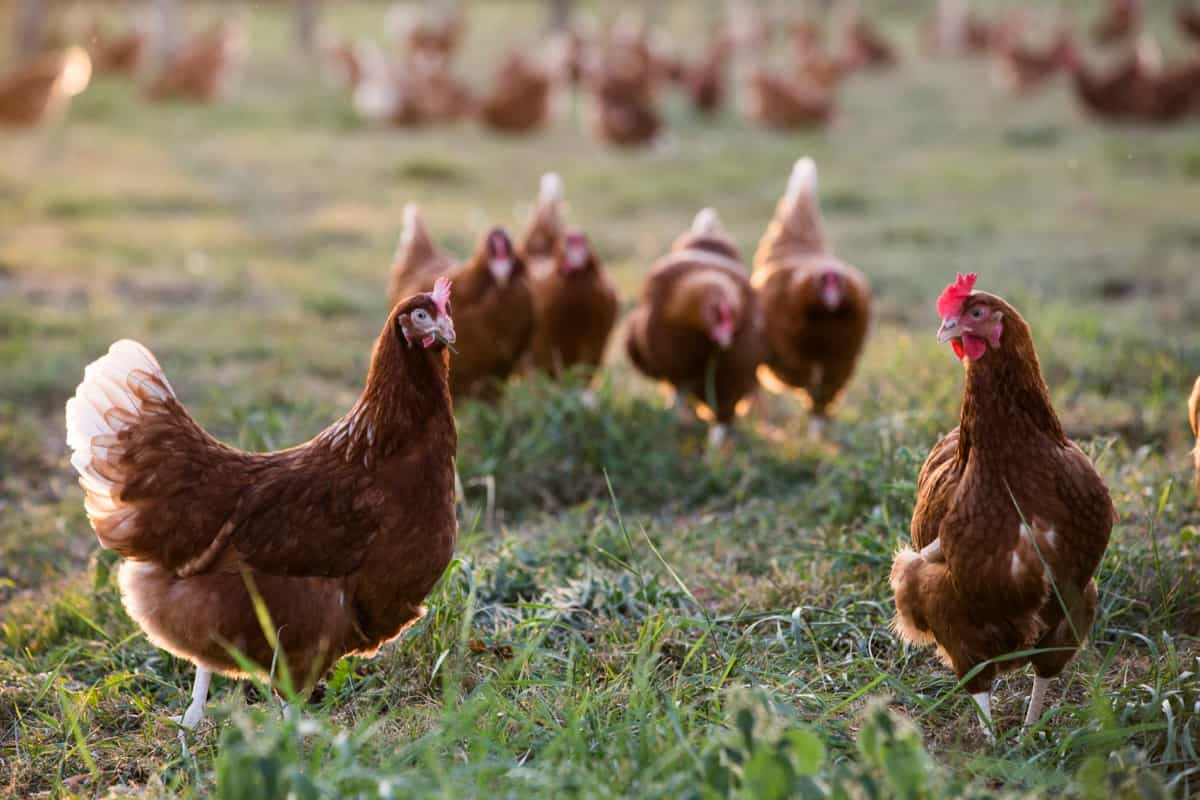Guava, scientifically known as Psidium guajava L., is a tropical fruit that belongs to the Myrtaceae family. Its luscious taste and high nutritional value make it a popular choice among farmers worldwide. Guavas thrive in warm climates and are adaptable to several soil types, making them suitable for cultivation in diverse regions. The cultivation of Guava not only provides a source of income for farmers but also contributes to the economy by creating employment opportunities.
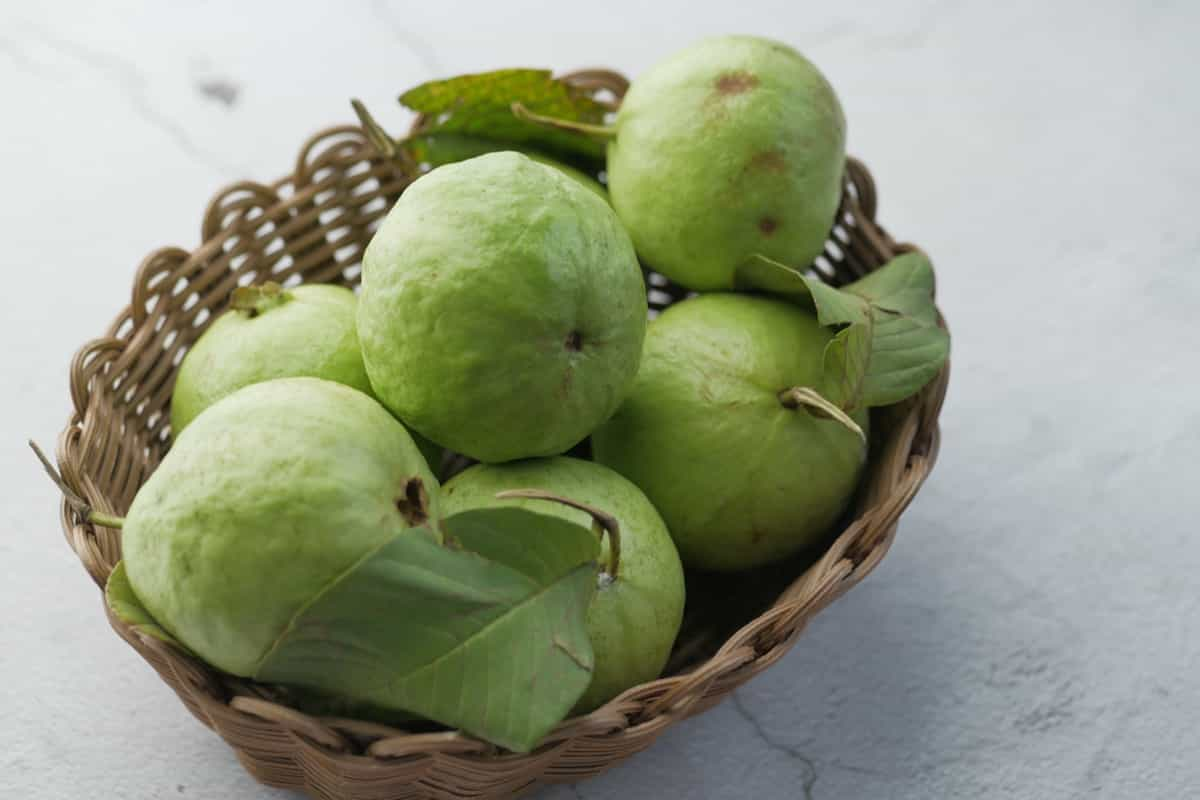
Climate and Soil Requirements
Guavas thrive in tropical and subtropical climates with temperatures ranging from 25 to 30°C. They can withstand brief periods of frost but do best in warm, humid weather. The ideal soil for Guava cultivation is well-drained, loamy soil with a pH level between 4.5 to 7.0.
Soil rich in organic matter encourages healthy growth and high fruit yield. It’s essential to avoid waterlogged or saline soils, as they can hinder root development and lead to poor fruit quality. Guava trees prefer sunny locations with good air circulation to prevent diseases like anthracnose. Proper irrigation management is crucial during the dry season to ensure optimal fruit production.
Commercial Guava Varieties
Some popular commercial Guava varieties include Allahabad Safeda, known for its sweet and juicy flavor. Sardar (Lucknow 49) is another favorite among farmers due to its high yield potential. Pant Prabhat is preferred for its disease-resistant properties, making it a reliable option for sustainable farming practices. The Lalit Guava variety stands out for its unique taste and aroma, appealing to consumers seeking premium quality fruits. Barbie Pink is a newer addition known for its attractive pink color and excellent shelf life.
Beaumont, Blitch, Chittidar, Crystal, Dhareedar, and Harijan are other commercial Guava varieties worth considering based on specific regional climate conditions and market demands. Each variety brings its own set of characteristics that cater to different preferences in terms of taste, texture, size, and overall fruit quality.
Land Preparation for Guava Plantation
Before planting, the land should be cleared of weeds and debris to provide a clean environment for the Guava plants. The soil should be well-drained with good fertility levels, preferably loamy or sandy loam type. Deep plowing and harrowing are recommended to improve soil aeration and root penetration.
In case you missed it: Profitable Thai Guava Farming in India: Yield, Profit Per Acre, Plant Price, 1 Acre Cost of Cultivation
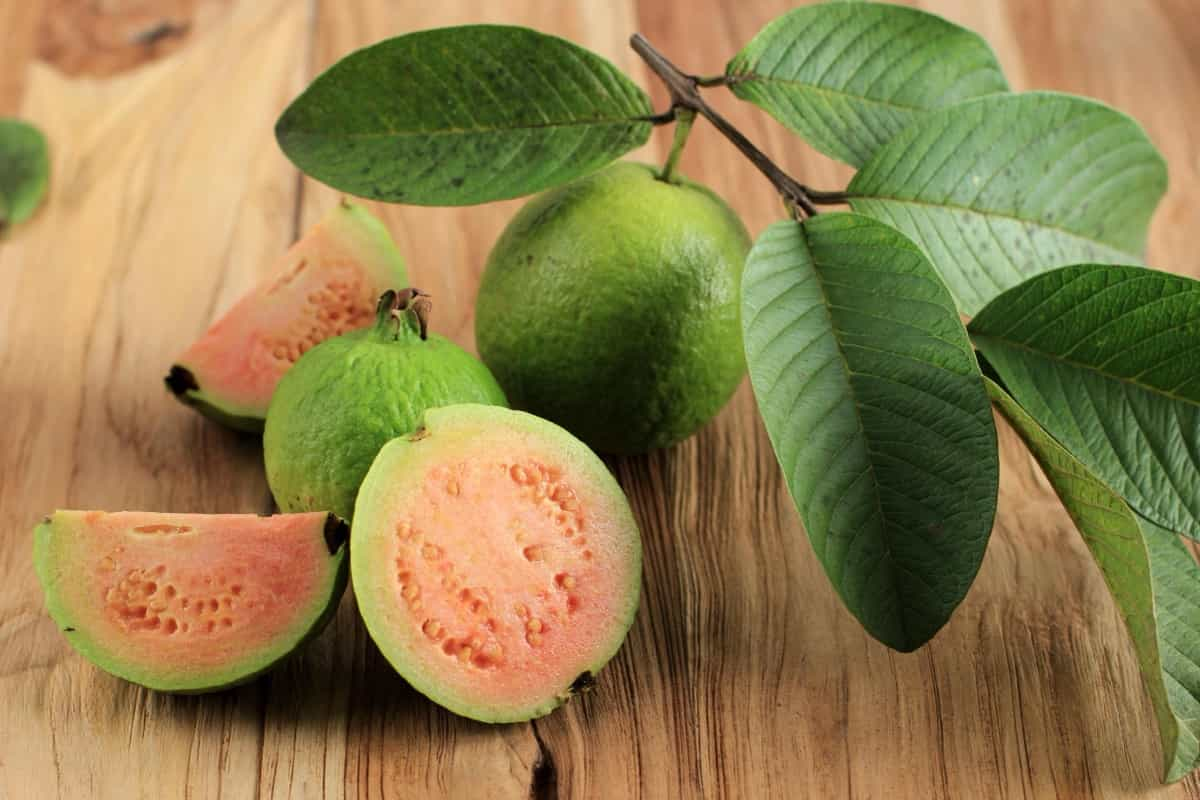
Incorporating organic matter such as compost or farmyard manure enhances soil structure and nutrient content, promoting healthy plant growth. Ensure proper leveling of the land to prevent waterlogging, which can be detrimental to Guava plants. Setting up irrigation systems like drip irrigation can help in efficient water management during cultivation.
Planting Methods for High Yields
One effective way is to plant Guava saplings in rows with adequate spacing between each plant. This allows them to receive sufficient sunlight and nutrients from the soil. Another method is using a square or triangular planting pattern, which optimizes space utilization and facilitates better air circulation around the plants.
Proper spacing ensures that each tree has ample room for growth without competing for resources. It’s essential to prepare the soil thoroughly before planting by adding organic matter and providing proper drainage. This sets a strong foundation for healthy root development and overall plant growth.
Average Number of Guava Plants per Acre
On average, you can plant 400 to 450 Guava trees per acre. This spacing allows each tree enough room for growth and development while maximizing fruit production. Proper planning and layout are essential when deciding on the number of plants per acre. Ensuring adequate spacing between trees is important for proper sunlight exposure, air circulation, and the orchard’s overall health.
Guava trees require sufficient space to spread their branches and roots without competing with neighboring plants. By carefully calculating and maintaining the optimal number of Guava plants per acre, farmers can achieve higher yields and better-quality fruits.
Drip Irrigation Method for Guava Plantation
Drip irrigation ensures that every plant receives the right amount of water directly to its roots, promoting healthy growth and maximum fruit production. By delivering water efficiently, this method helps in conserving water resources and reduces wastage significantly. Guava trees thrive when they receive consistent moisture, especially during dry spells. Drip irrigation provides just that, maintaining optimal soil moisture levels without drowning the roots or allowing them to dry out.
This precise watering technique also minimizes weed growth around the plants, saving time and effort on manual weeding tasks. Investing in a well-designed drip irrigation system for your Guava orchard can enhance overall crop quality and increase yields substantially. With proper planning and maintenance, this modern approach to watering can lead to healthier trees, better harvests, and, ultimately, more profits for farmers engaged in Guava cultivation.
Best Fertilizers for Guava
Guavas are heavy feeders that require a balanced mix of nutrients to thrive. Organic fertilizers such as compost, manure, and vermicompost can provide essential nutrients to Guava trees. Chemical fertilizers like NPK (nitrogen, phosphorus, potassium) can also be used judiciously based on soil test results.
In case you missed it: Unlocking the Benefits of Guava Intercropping for Doubling Farmer’s Income
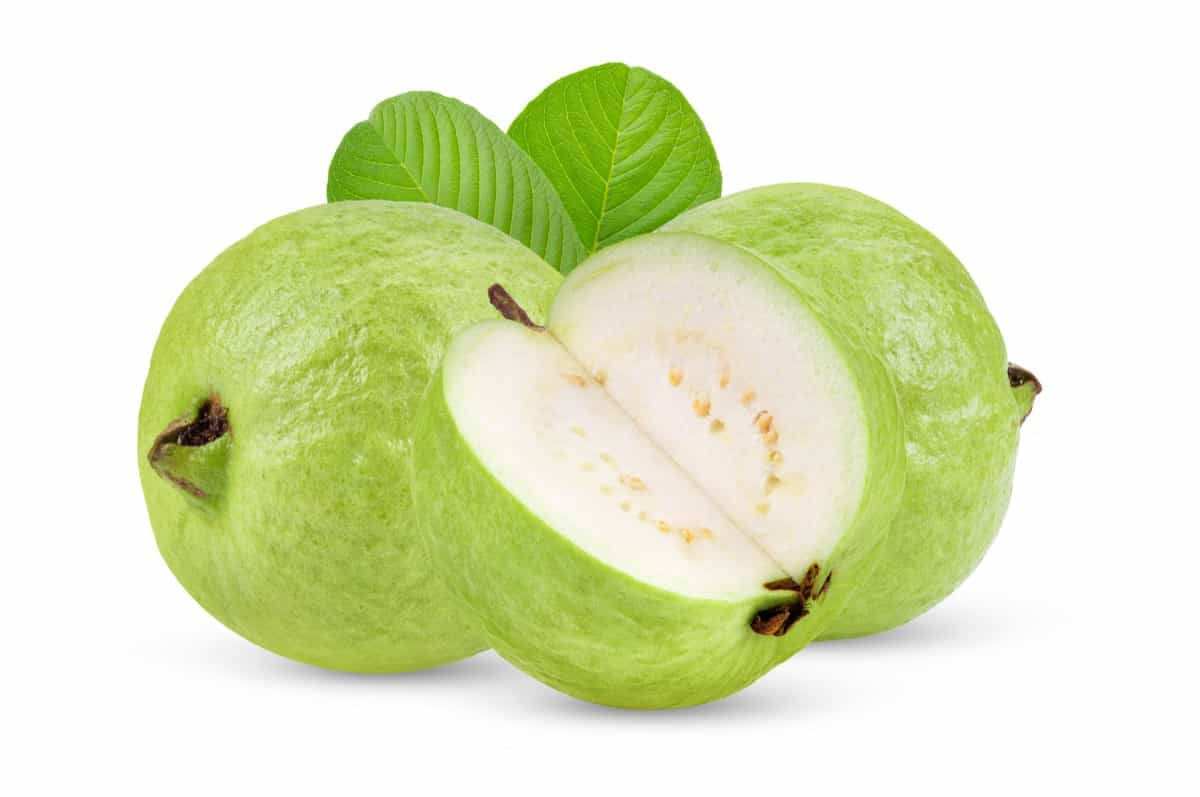
A fertilizer with a higher potassium level is beneficial for flowering and fruit development in Guava trees. Regular fertilizer application during the growing season helps maintain healthy foliage and fruitful harvests. It’s important to consult with agricultural experts or extension services to determine the specific nutrient requirements of your Guava orchard based on soil conditions and tree age.
Management of Pests and Diseases in Guava
Pests like fruit flies, mealybugs, and scale insects can damage the fruits and affect overall production. Farmers often use natural predators or insecticides sparingly to control these pests. Regular monitoring of the orchard is essential to catch any pest infestations early on. Diseases such as anthracnose, powdery mildew, and root rot can also pose a threat to Guava trees.
Proper sanitation practices like removing infected leaves and fruits help prevent disease spread. Fungicides may be used as a preventive measure against fungal diseases. Applying good cultural practices, such as proper spacing between plants and adequate ventilation, can reduce disease incidence significantly.
How to Control Weeds in Guava Orchard
Weeds can be a nuisance in a Guava orchard, competing with the trees for nutrients and water. One effective way to control weeds is through mulching. By adding a layer of organic material around the base of the Guava trees, you can retain moisture in the soil. Another method to manage weeds is by cultivating the soil regularly. This practice disrupts weed growth and exposes their roots to sunlight, eventually killing them off.
Additionally, hand weeding may be necessary in areas where machinery cannot reach or for precision removal of stubborn weeds. Using herbicides sparingly and following proper application guidelines can also help control weeds efficiently without harming the Guava trees or surrounding environment. Remember to always read and follow the instructions on the herbicide label before use.
Best Pruning Techniques
Pruning is a crucial practice in Guava farming to ensure optimal fruit production. By removing diseased branches, you can enhance air circulation and sunlight penetration within the canopy. This helps in reducing pest problems and promoting better fruit quality. When pruning Guava trees, focus on maintaining an open center structure to allow for an even distribution of nutrients. Remove overcrowded branches to prevent competition for resources among the plants.
In case you missed it: Key Rules to Get Rid of Fruit Fly in Guava: Symptoms, How to Treat, Management, Chemical, and Organic Control
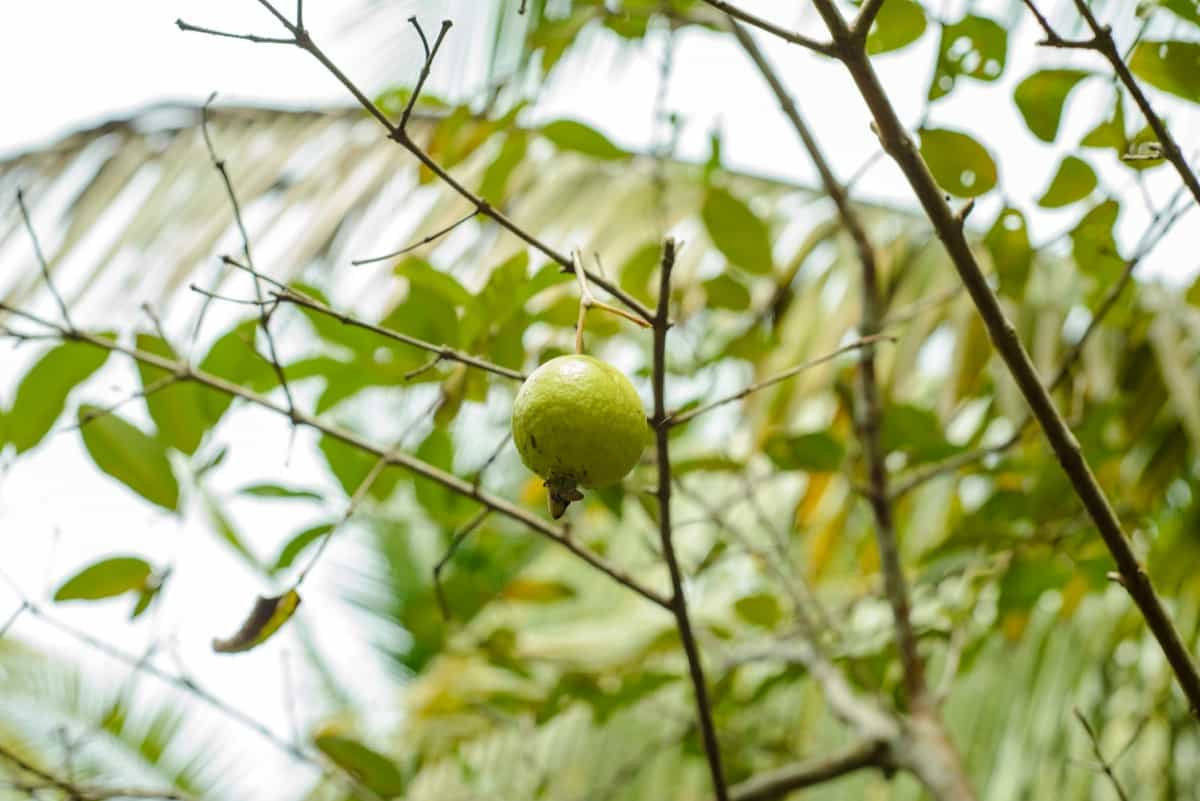
Additionally, prune any crossing or inward-growing branches to shape the tree properly and facilitate easier harvesting. Regularly inspect your Guava trees to identify disease or pest infestation signs that may require immediate pruning action. Always use sharp and sterilized tools when carrying out pruning activities to minimize the risk of spreading infections from one plant to another. Remember, proper pruning techniques play a significant role in maximizing fruit yield and ensuring the long-term health of your Guava orchard.
Flowering and Fruit Development
During flowering, the trees showcase beautiful white flowers that later transform into delicious fruits. Guava plants typically produce flowers throughout the year, leading to a continuous harvest cycle. Proper care during this stage is essential to ensure optimal fruit development. Adequate watering, fertilization, and pest control play key roles in promoting healthy flower production and fruit setting.
It is important to monitor the progress regularly and make adjustments as needed to support robust growth. Once pollination occurs successfully, small green fruits start forming on the tree. These fruits gradually grow in size and mature over time until they are ready for harvesting. Providing a suitable environment with ample sunlight and nutrients is vital for high-quality fruit production.
How to Boost Flowers in Guava Trees
One effective method to boost the flowers in your Guava trees is to ensure proper nutrient management. Guava trees respond well to balanced fertilization, especially with potassium-rich fertilizers during the flowering stage. Pruning plays a crucial role in promoting flower production. Regular pruning helps improve sunlight exposure, which is essential for healthy flower development. Additionally, removing dead or diseased branches can stimulate new growth and enhance flowering.
Another tip is to maintain optimal soil moisture levels. Adequate watering during the flowering period is vital to support robust flower formation. However, make sure not to overwater as it can lead to root rot and affect blooming. Furthermore, applying organic mulch around the tree base can help to regulate soil temperature, creating favorable conditions for flower initiation. Remember that a healthy tree equals abundant flowers.
Harvesting Practices
Harvesting Guavas is an exciting time for farmers as they get to enjoy the fruits of their labor. When it comes to harvesting practices, timing is crucial. Guavas should be harvested when they are mature but still firm to touch. Ripe Guavas will give slightly under gentle pressure. When harvesting, it’s important to handle the fruits with care to avoid bruising and damage. Using sharp pruning shears or a knife, cut the stems close to the fruit without causing any injury.
In case you missed it: VNR Guava Farming: Cultivation Practices and Production Management
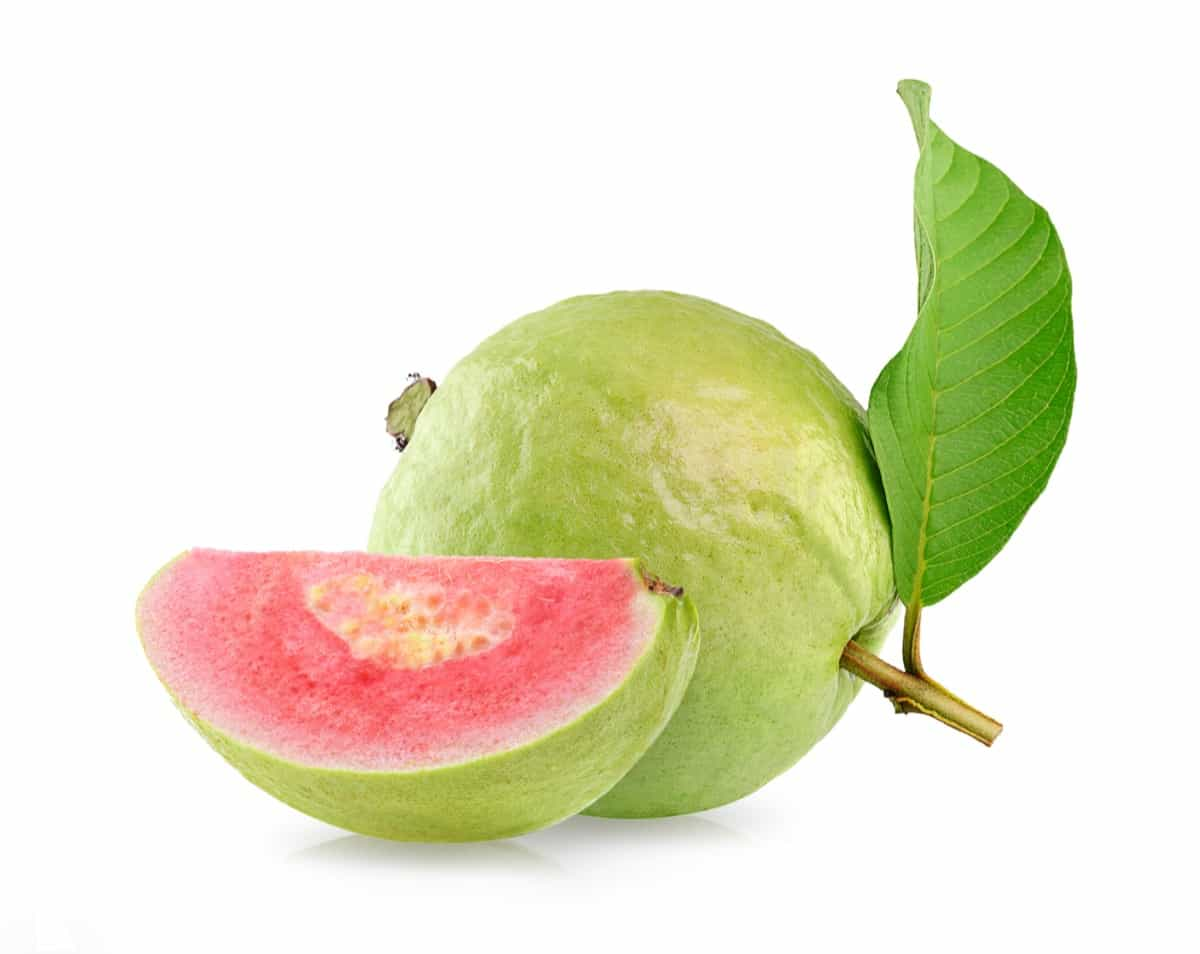
It’s recommended to harvest in the early morning when temperatures are cooler. Once harvested, Guavas should be sorted based on size and ripeness. Discard any damaged or overripe fruits, as they can affect the entire batch quality. Properly packed Guavas can be stored in cool, ventilated areas before being transported for sale or consumption.
Average Yield of Guava Per Acre
The yield of Guava per acre can change based on various factors such as the variety of Guava, agricultural practices, soil quality, climate conditions, and pest management. On average, a well-maintained Guava orchard can produce around 100 to 150 kg of fruits annually.
Post-Harvest Handling and Storage
After successfully harvesting your Guava fruits, the next crucial step is post-harvest handling and storage. This phase requires careful attention to ensure the quality of your produce remains intact for market distribution. Proper handling techniques like sorting out damaged or overripe fruits can help maintain the overall quality of your harvest. It’s essential to handle each fruit with care to prevent bruising or damage during transportation.
Storage plays a major role in prolonging the shelf life of Guava fruits. Optimal temperature and humidity levels are key factors to consider when storing your produce post-harvest. Utilizing appropriate packaging materials can also contribute significantly to preserving the freshness and flavor of your Guavas during storage and transportation.
Sustainable Guava Farming Practices
Sustainable Guava farming practices are crucial for the long-term success of any orchard. By implementing eco-friendly methods, farmers can ensure the health of both the environment and their crops. One key practice is integrated pest management, which involves using natural predators to control pests instead of harmful chemicals. Additionally, practicing crop rotation helps maintain soil fertility and reduces the risk of disease outbreaks.
Utilizing organic fertilizers and compost not only enriches the soil but also promotes healthy growth without harming the ecosystem. Drip irrigation systems help conserve water by delivering it directly to the roots, reducing wastage, and promoting efficient water usage. Adopting sustainable practices ensures a healthier harvest while preserving natural resources for future generations.
Cost to Plant 1 Acre Guava Farm
The cost to establish a one-acre Guava farm can change based on factors such as land acquisition costs, soil preparation, planting material expenses, irrigation infrastructure, fertilizers, pesticides, labor, and other miscellaneous expenses. The total cost to establish a 1-acre Guava farm could be approximately ₹1,50,000 to ₹3,50,000 initially.
Expected Income Profit from 1 acre Guava Orchard
Guava prices fluctuate based on market demand and region, but let’s assume an average price of ₹20 per kg. A well-managed 1-acre Guava farm has the potential to yield profits ranging between ₹50,000 to ₹150,000 annually. This income may fluctuate based on factors such as weather conditions, pest infestations, and overall crop health.
In case you missed it: How to Start Hybrid Guava Farming in India: Varieties, Business Plan, and Cultivation Management
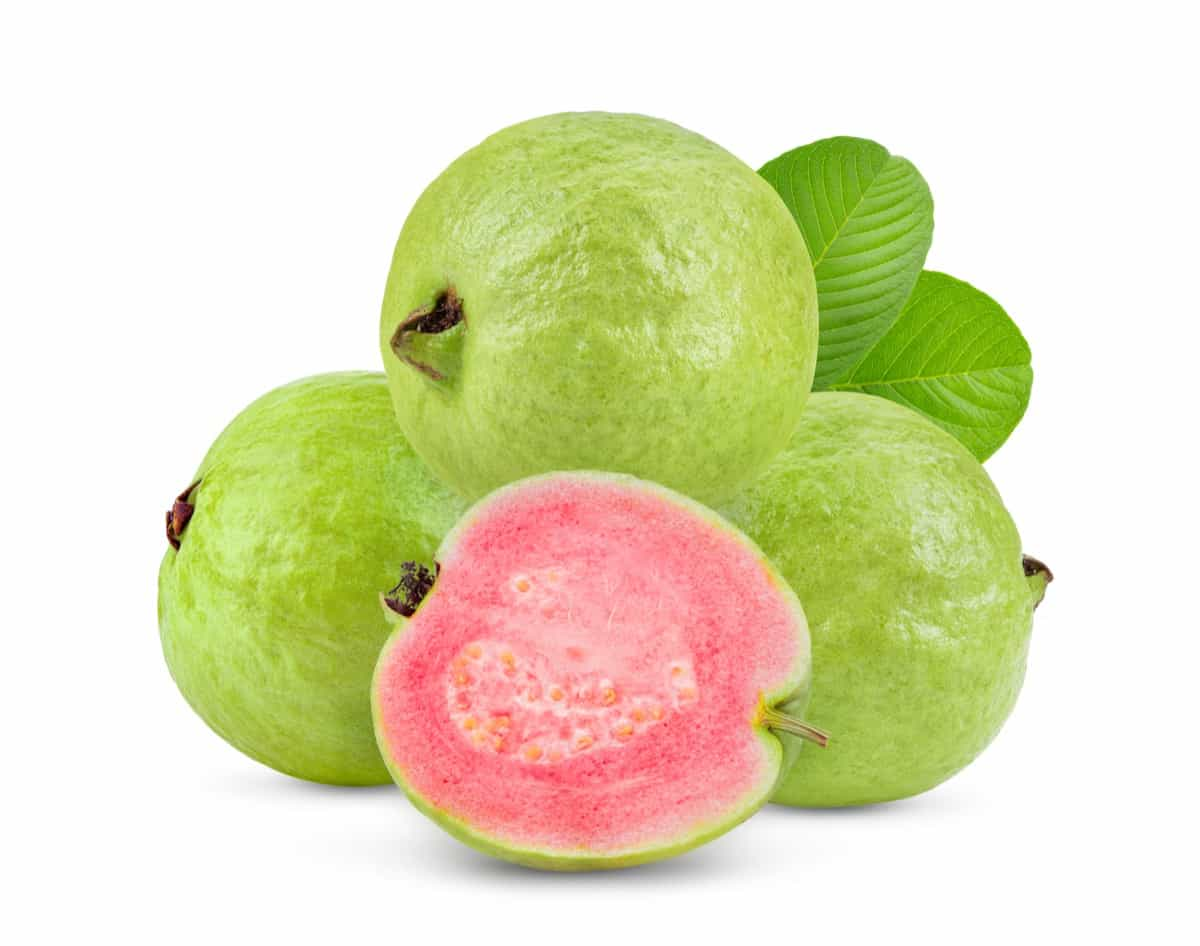
To maximize profitability from your Guava orchard, implementing efficient cultivation practices like proper irrigation methods, timely pruning techniques, and regular fertilization is crucial. Additionally, staying informed about market trends and adjusting your selling strategies accordingly can help optimize your earnings.
Conclusion
Guava farming plays a crucial role in promoting sustainable agriculture and food security. Guava farming offers a plethora of benefits that make it an attractive option for farmers. Guava is a high-value crop with increasing demand in both local and international markets. This presents a lucrative opportunity for farmers to generate good profits.
- Types of Pesticides Used in Agriculture: A Beginner’s Guide
- Economical Aquaculture: A Guide to Low-Budget Fish Farming
- 15 Common Planting Errors That Can Doom Your Fruit Trees
- How to Make Houseplants Bushy: Effective Tips and Ideas
- Innovative Strategies for Boosting Coconut Pollination and Yield
- Pollination Strategies for Maximum Pumpkin Yield
- The Complete Guide to Chicken Fattening: Strategies for Maximum Growth
- Natural Solutions for Tulip Problems: 100% Effective Remedies for Leaf and Bulb-Related Issues
- Revolutionizing Citrus Preservation: Towards a Healthier, Greener Future
- Natural Solutions for Peony Leaf and Flower Problems: 100% Effective Remedies
- Maximizing Profits with Avocado Contract Farming in India: A Comprehensive Guide
- Natural Solutions for Hydrangea Problems: 100% Effective Remedies for Leaf and Flowers
- The Ultimate Guide to Choosing the Perfect Foliage Friend: Bringing Life Indoors
- From Sunlight to Sustainability: 15 Ways to Use Solar Technology in Agriculture
- The Ultimate Guide to Dong Tao Chicken: Exploring from History to Raising
- The Eco-Friendly Makeover: How to Convert Your Unused Swimming Pool into a Fish Pond
- Mastering the Art of Delaware Chicken Farming: Essentials for Healthy Backyard Flocks
- 20 Best Homemade Fertilizers for Money Plant: DIY Recipes and Application Methods
- How to Craft a Comprehensive Free-Range Chicken Farming Business Plan
- Brighten Your Flock: Raising Easter Egger Chickens for Beauty and Bounty
- How to Optimize Your Poultry Egg Farm Business Plan with These Strategies
- Subsidy for Spirulina Cultivation: How Indian Government Schemes Encouraging Spirulina Farmers
- Ultimate Guide to Raising Dominique Chickens: Breeding, Feeding, Egg-Production, and Care
- Mastering the Art of Raising Jersey Giant Chickens: Care, Feeding, and More
- Ultimate Guide to Raising Legbar Chickens: Breeding, Farming Practices, Diet, Egg-Production
- How to Raise Welsummer Chickens: A Comprehensive Guide for Beginners
- How to Protect Indoor Plants in Winter: A Comprehensive Guide
- Ultimate Guide to Grow Bag Gardening: Tips, Tricks, and Planting Ideas for Urban Gardeners
- Guide to Lotus Cultivation: How to Propagate, Plant, Grow, Care, Cost, and Profit
- Agriculture Drone Subsidy Scheme: Government Kisan Subsidy, License, and How to Apply Online
- Ultimate Guide to Raising Araucana Chickens: Breed Profile, Farming Economics, Diet, and Care
- Bringing Hydroponics to Classroom: Importance, Benefits of Learning for School Students
- Ultimate Guide to Raising Polish Chickens: Breed Profile, Farming Economics, Diet, and Care
- Ultimate Guide to Raising Australorp Chickens: Profile, Farming Economics, Egg Production, Diet, and Care
- Silkie Chicken Farming: Raising Practices, Varieties, Egg Production, Diet, and Care
- Sussex Chicken Farming: Raising Practices, Varieties, Egg Production, Diet and Care
